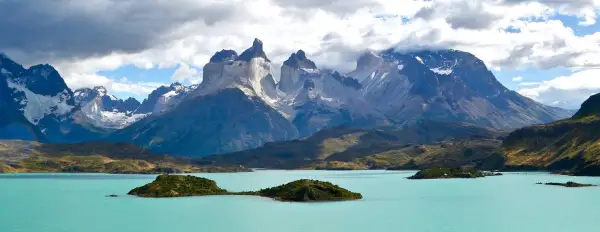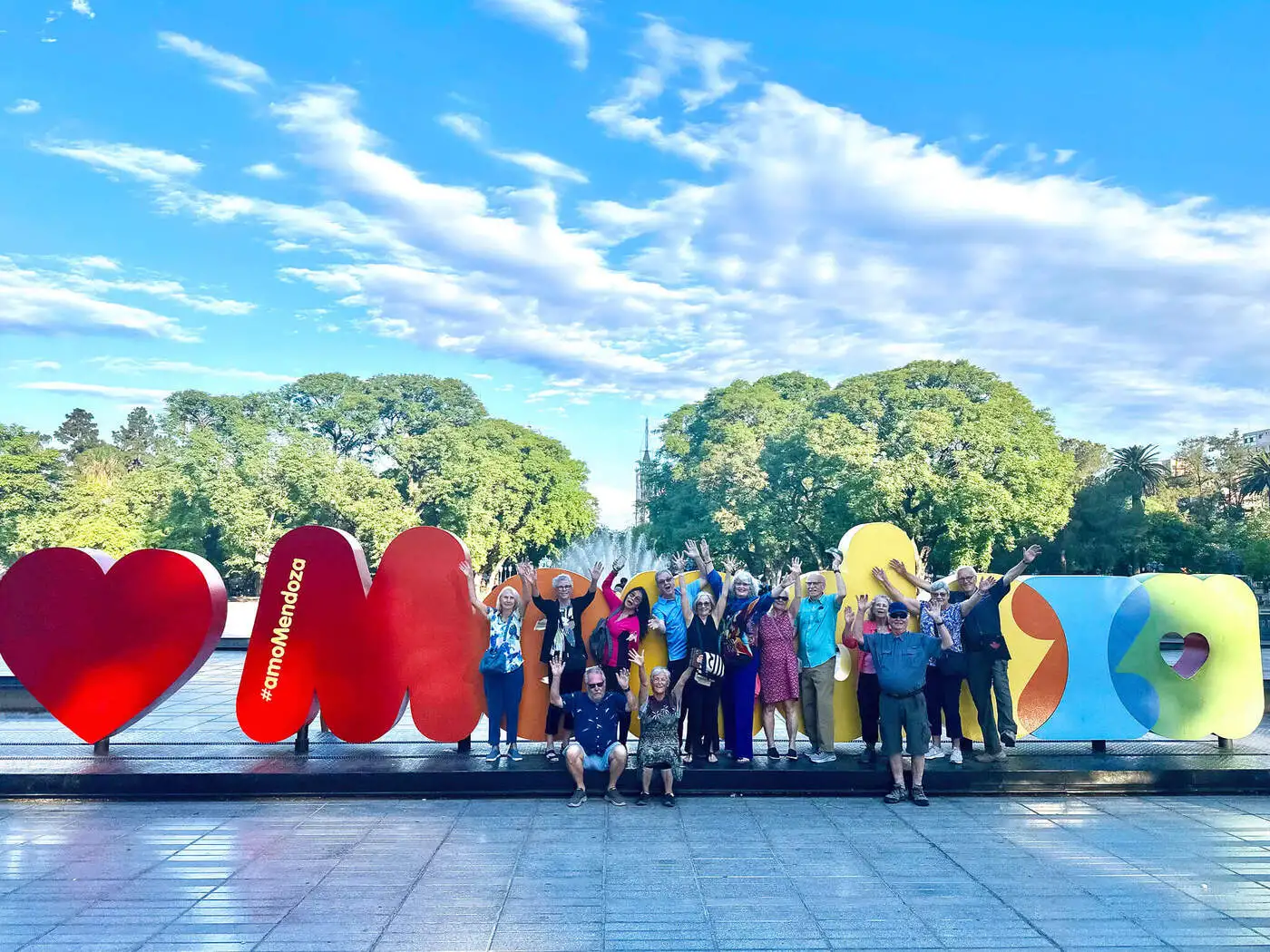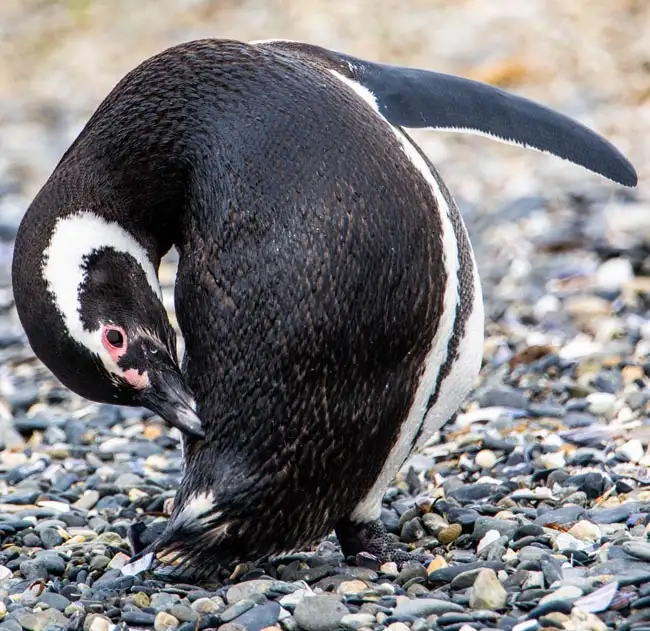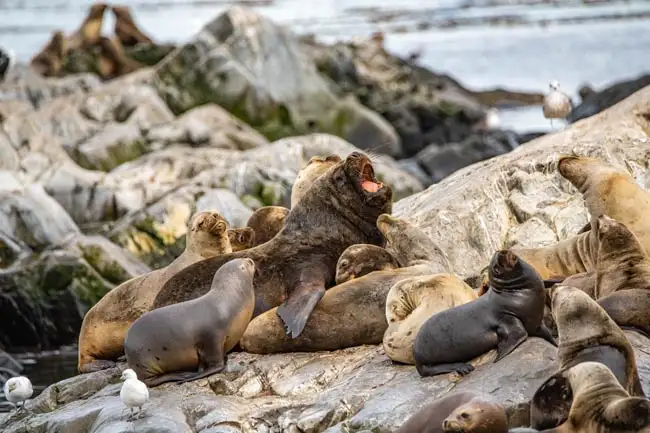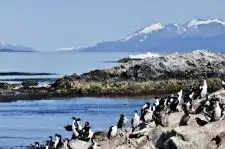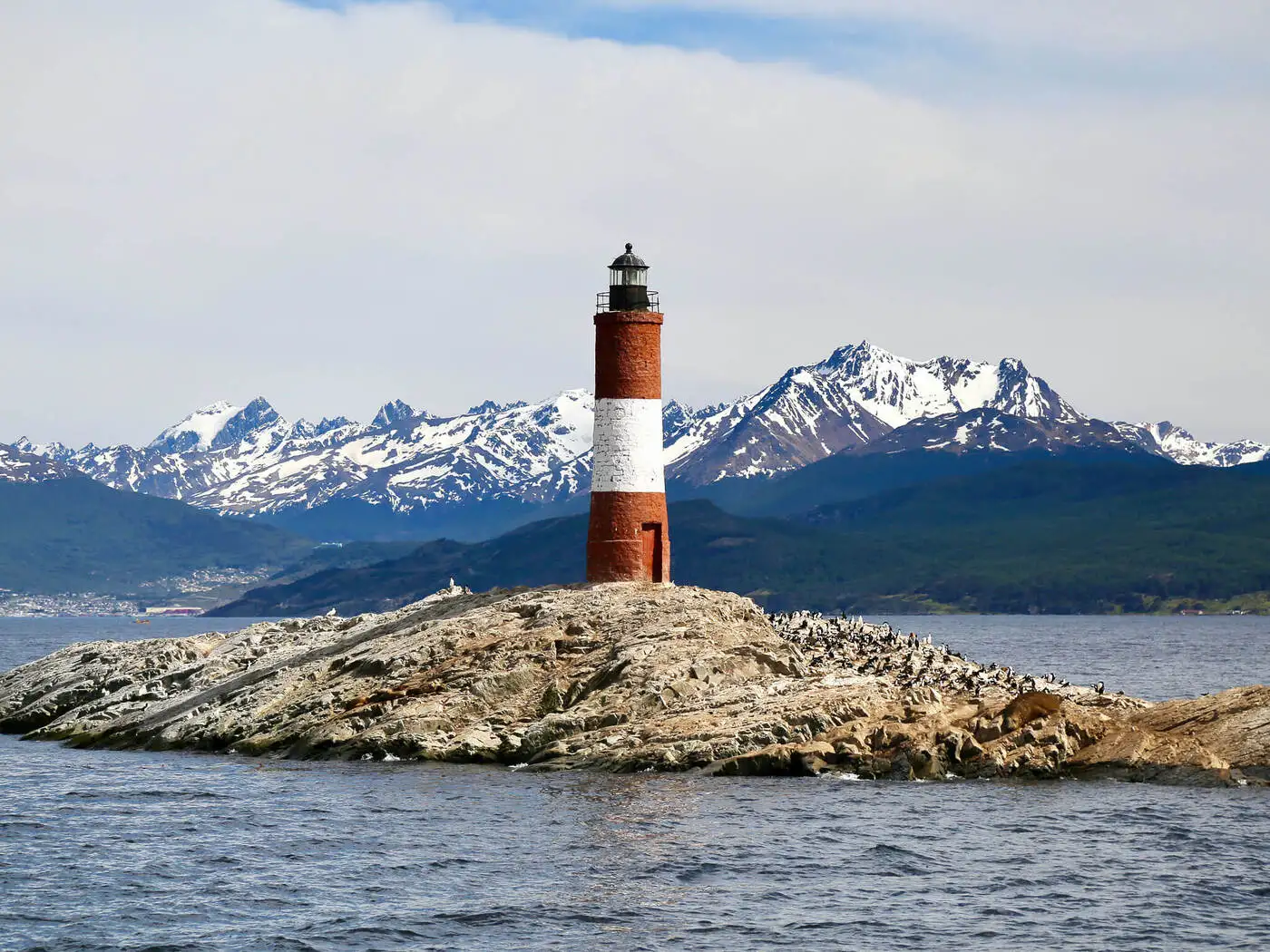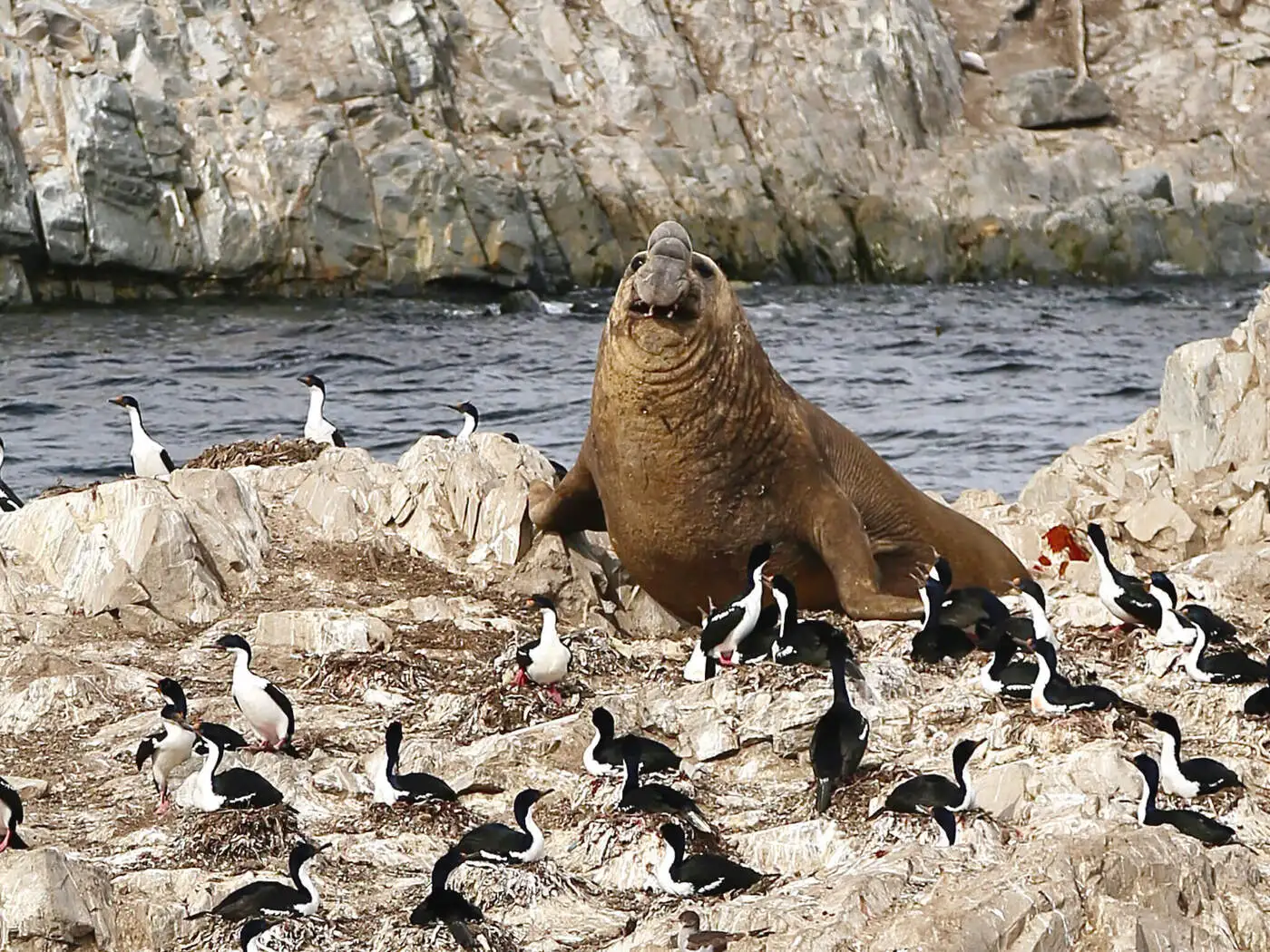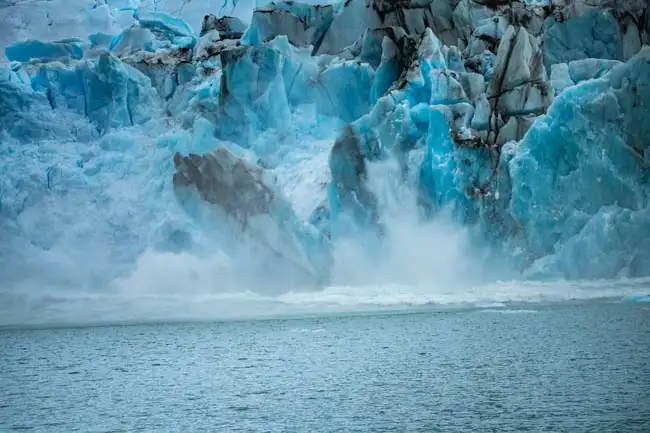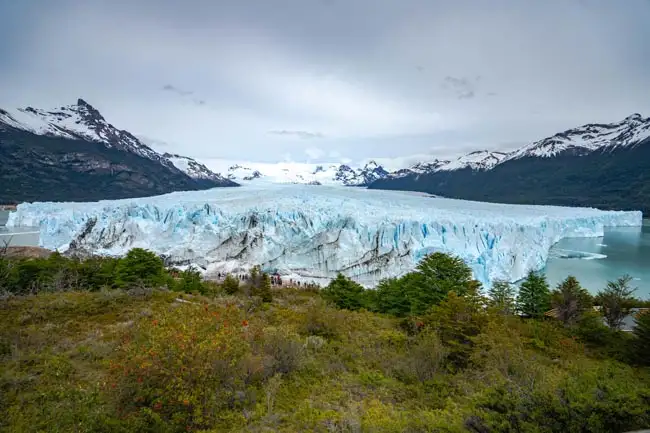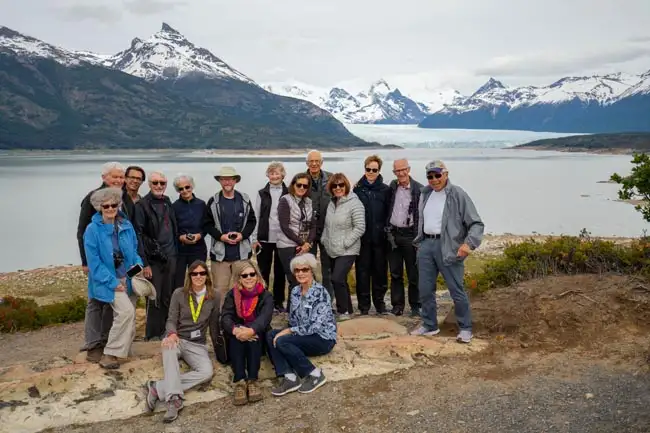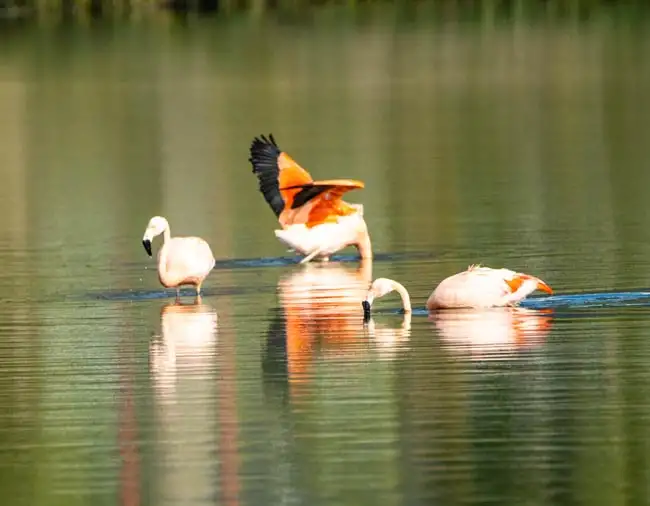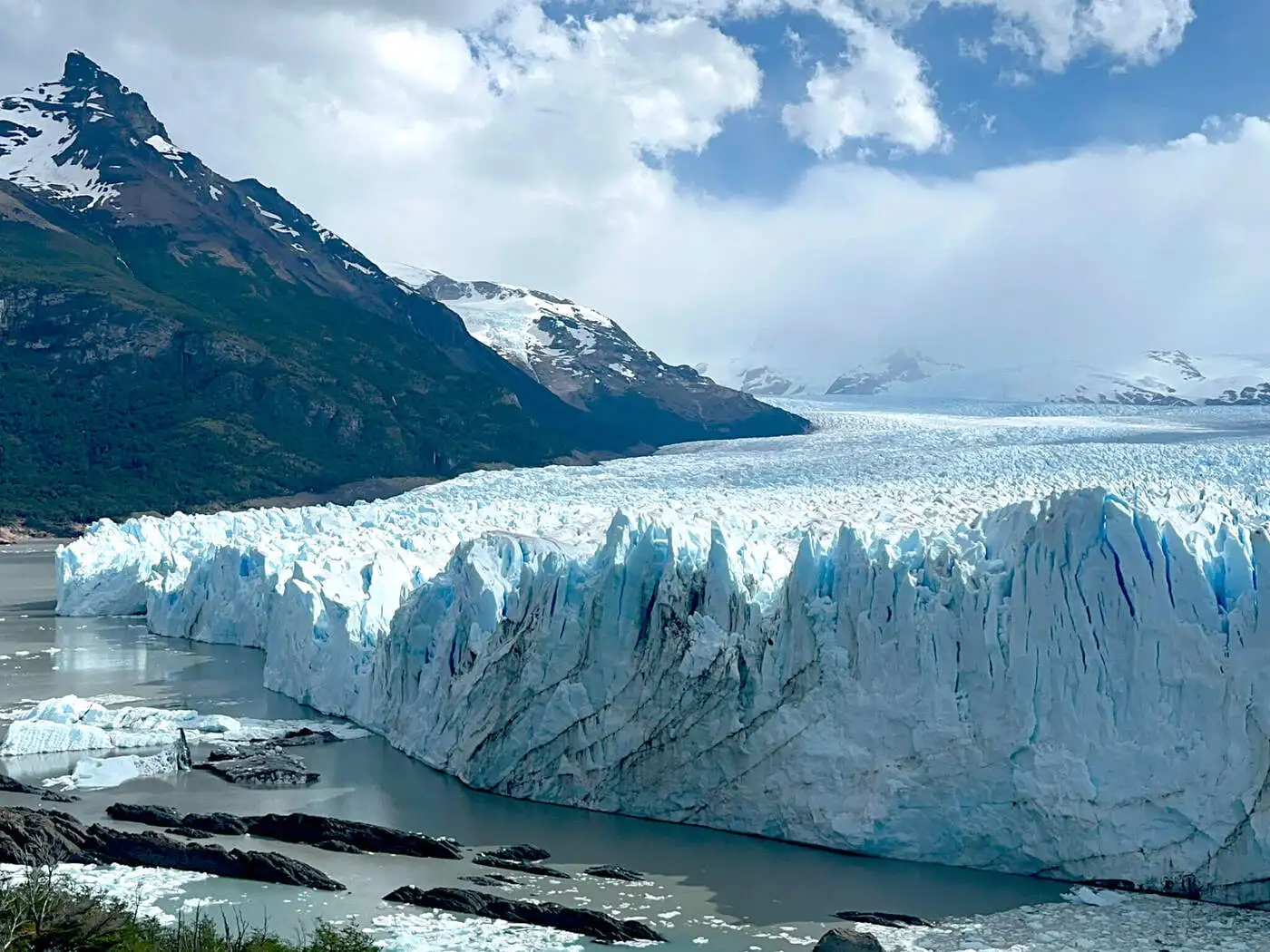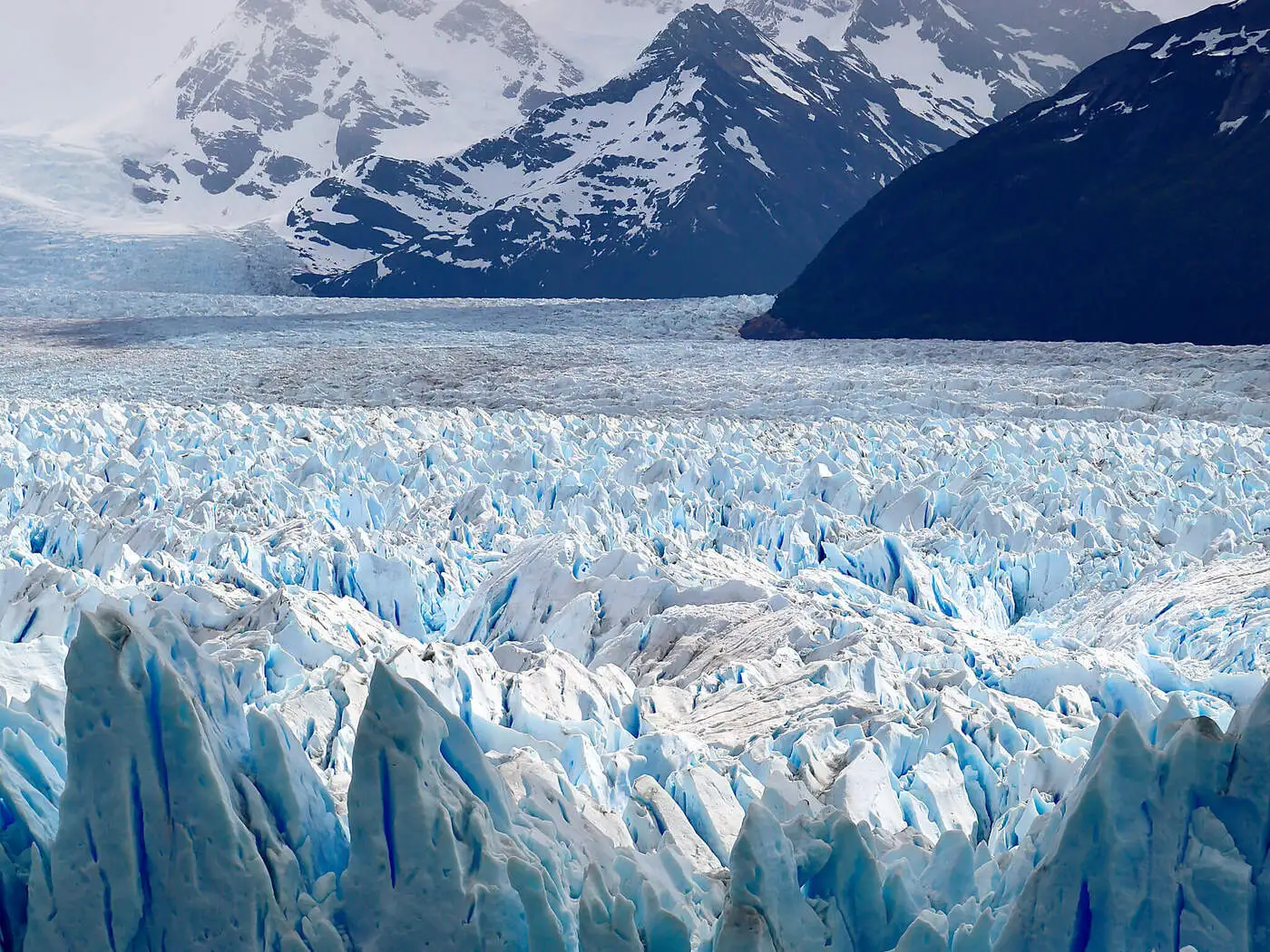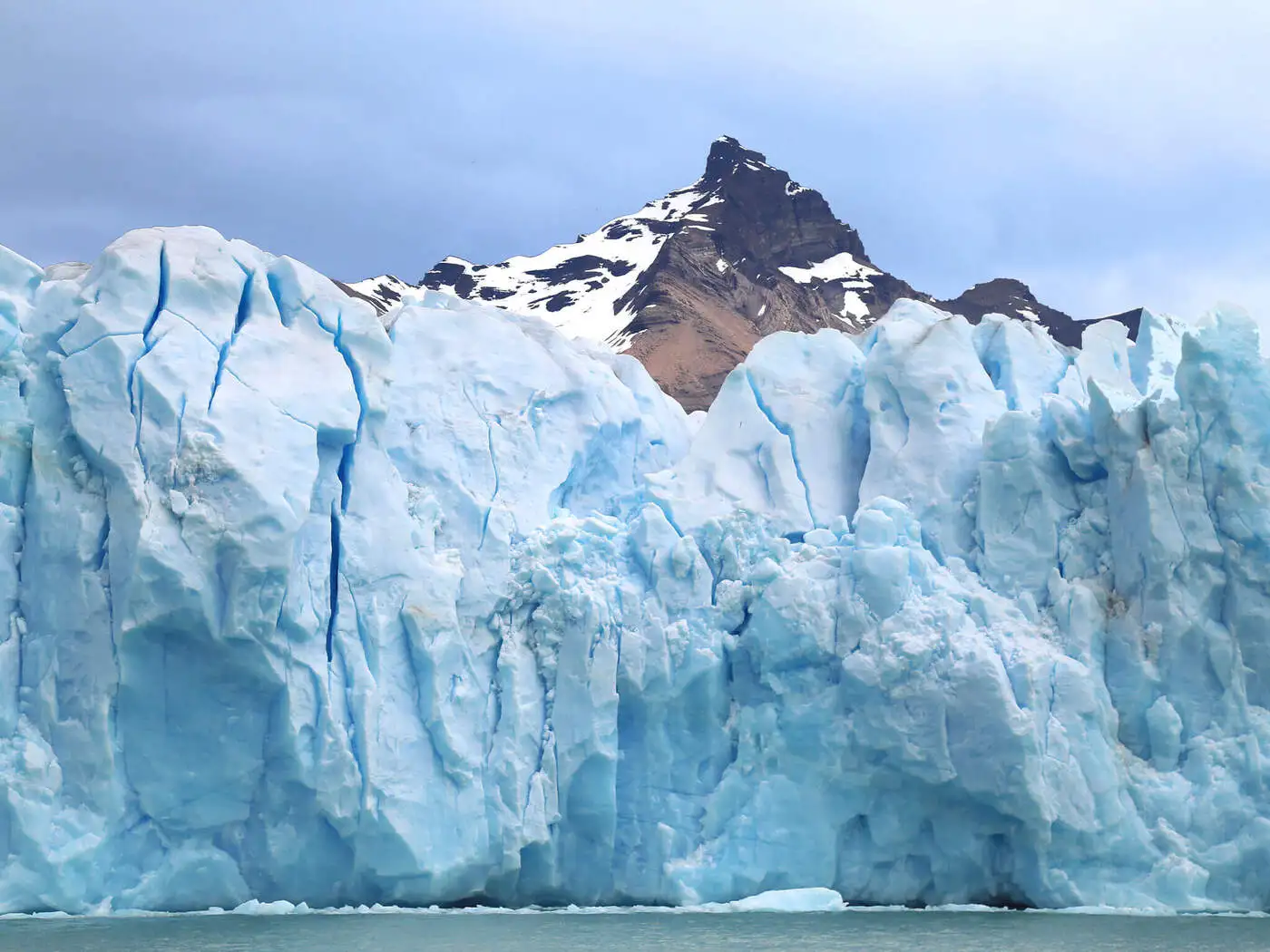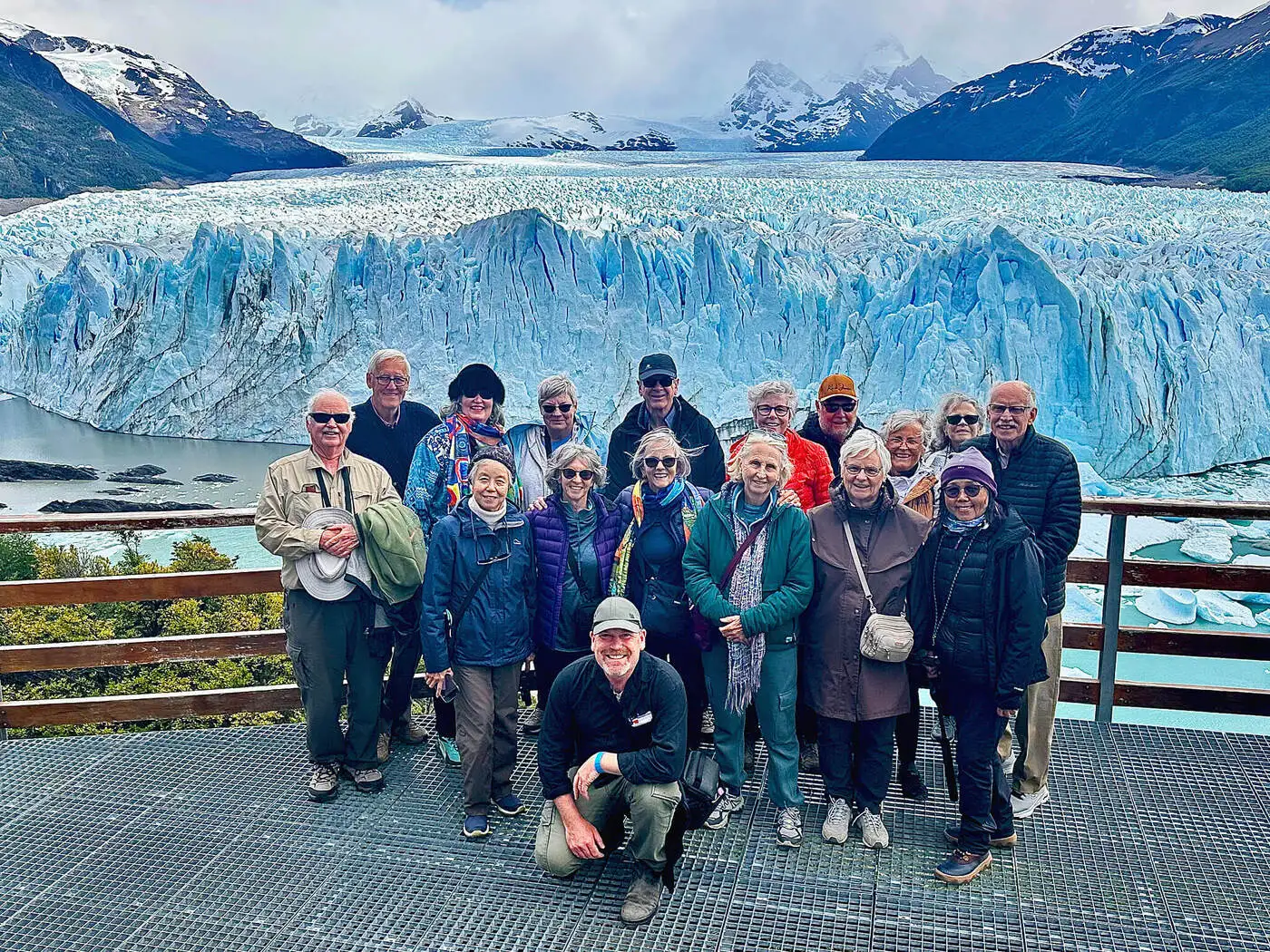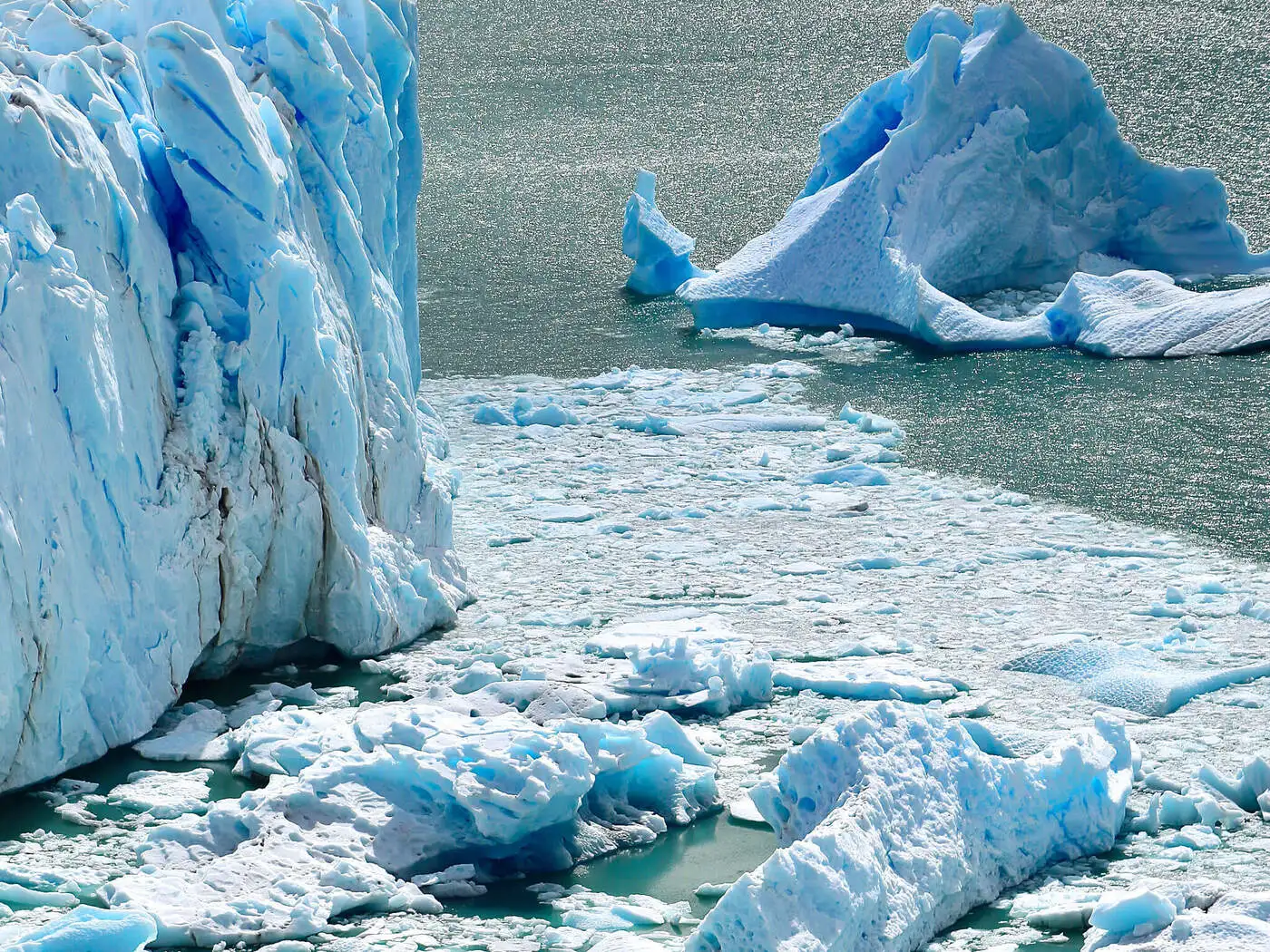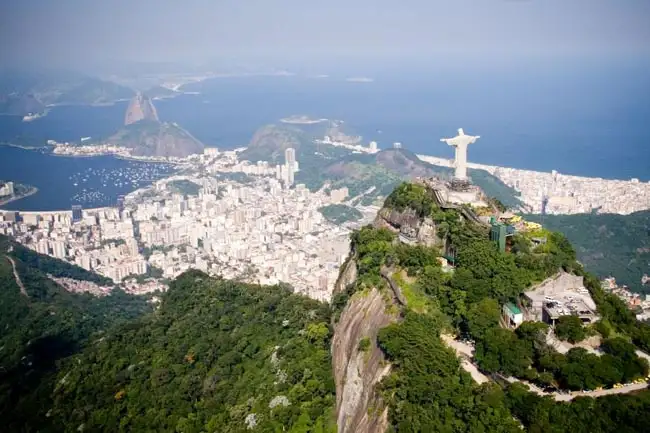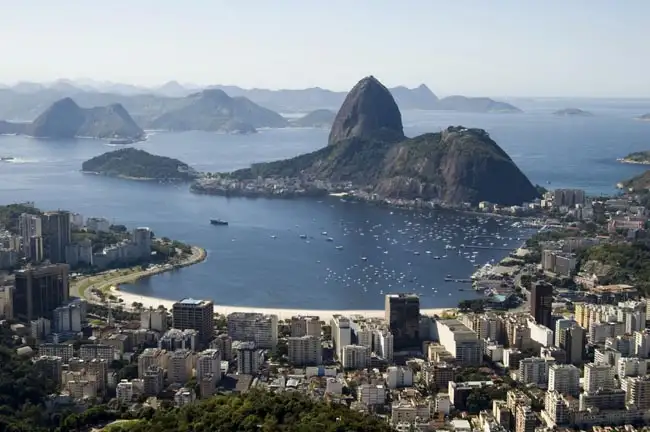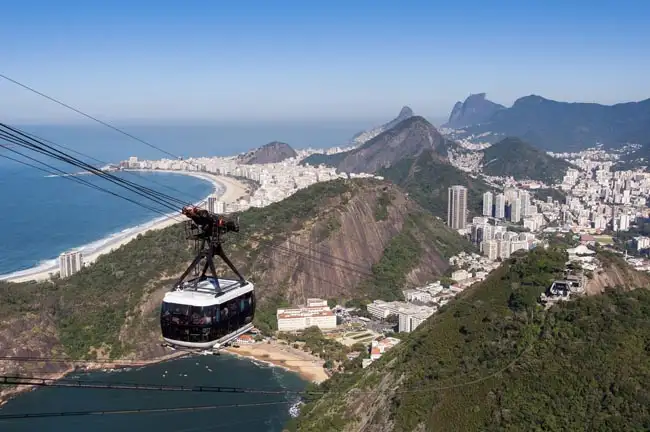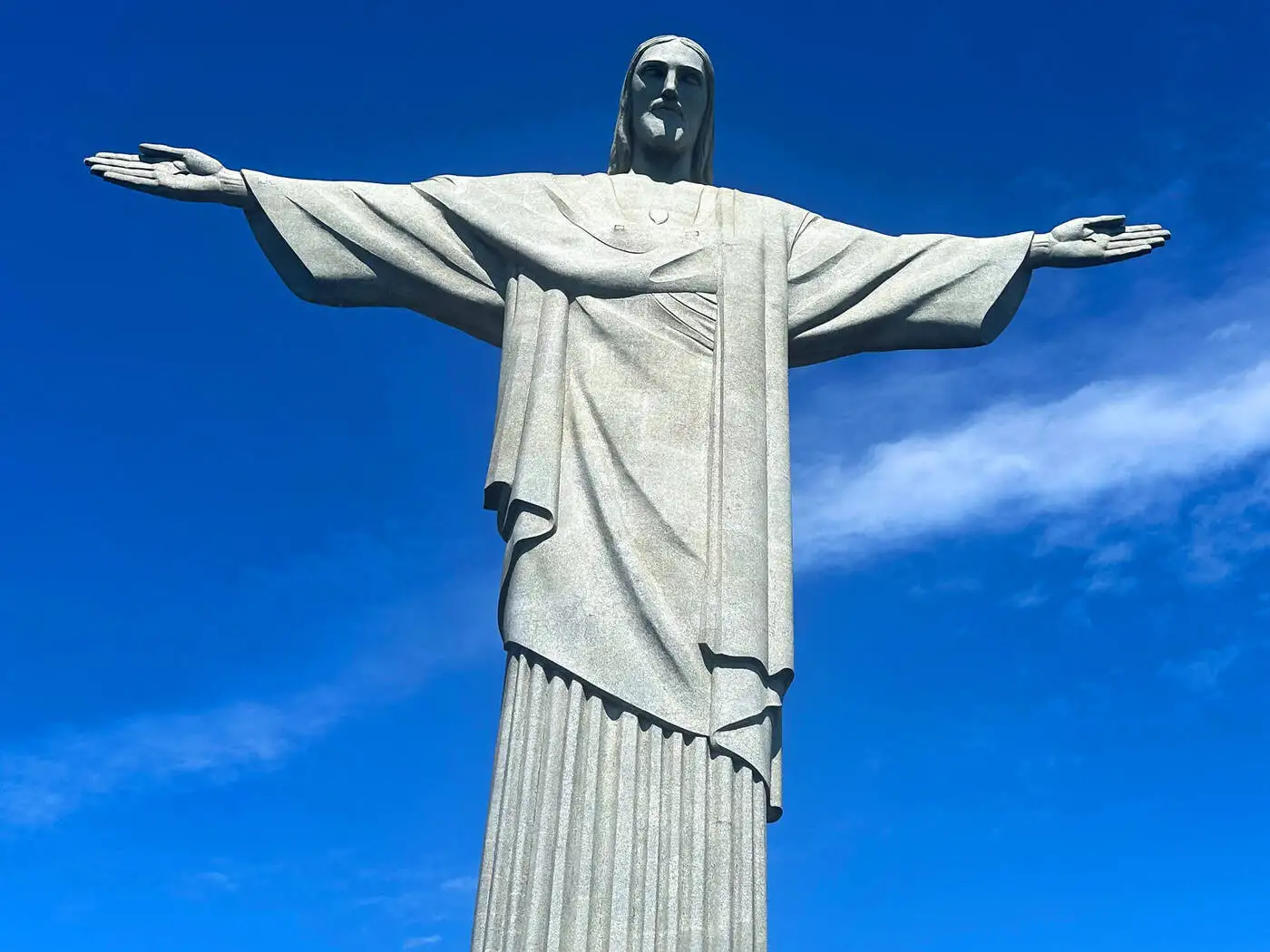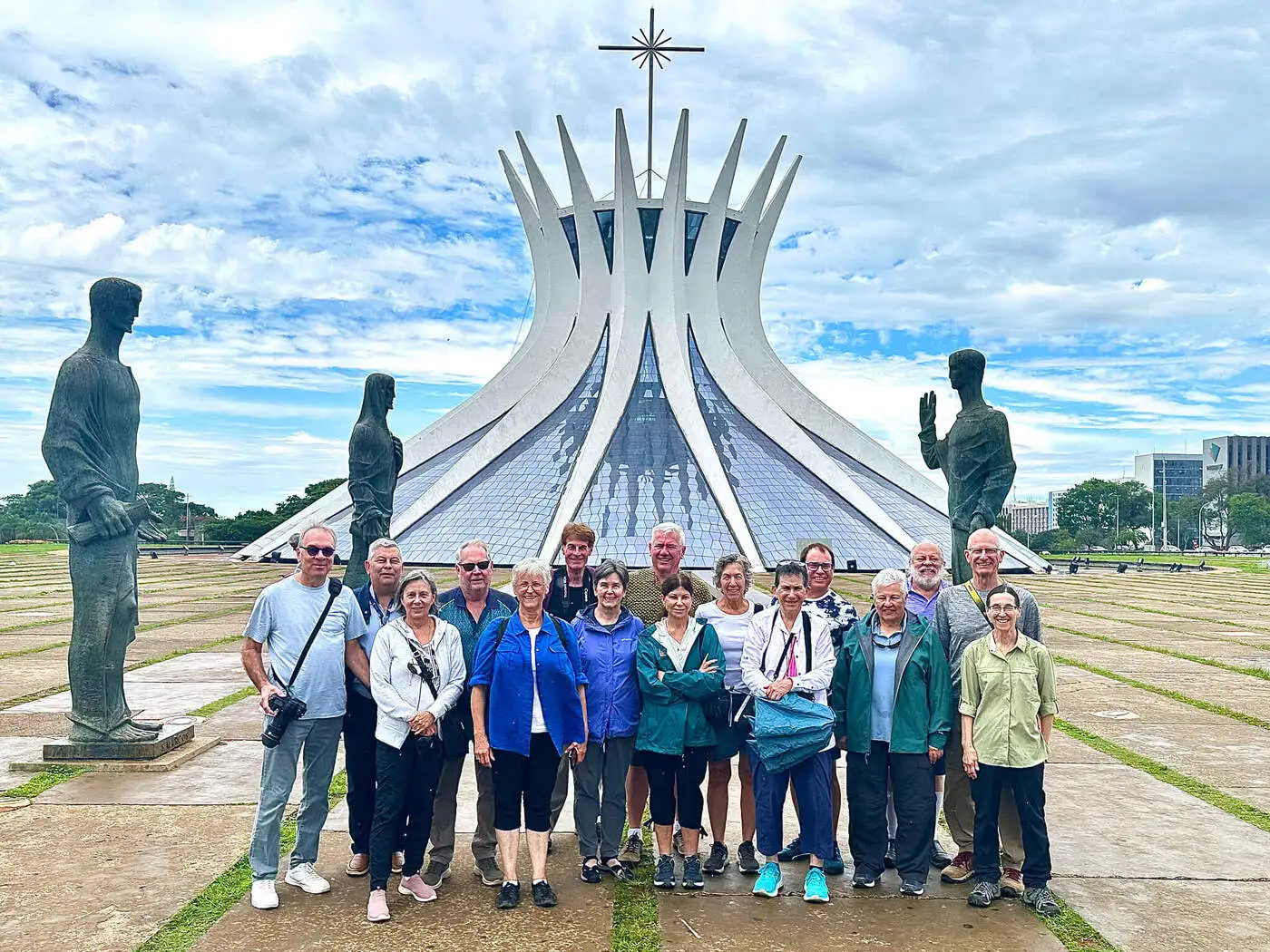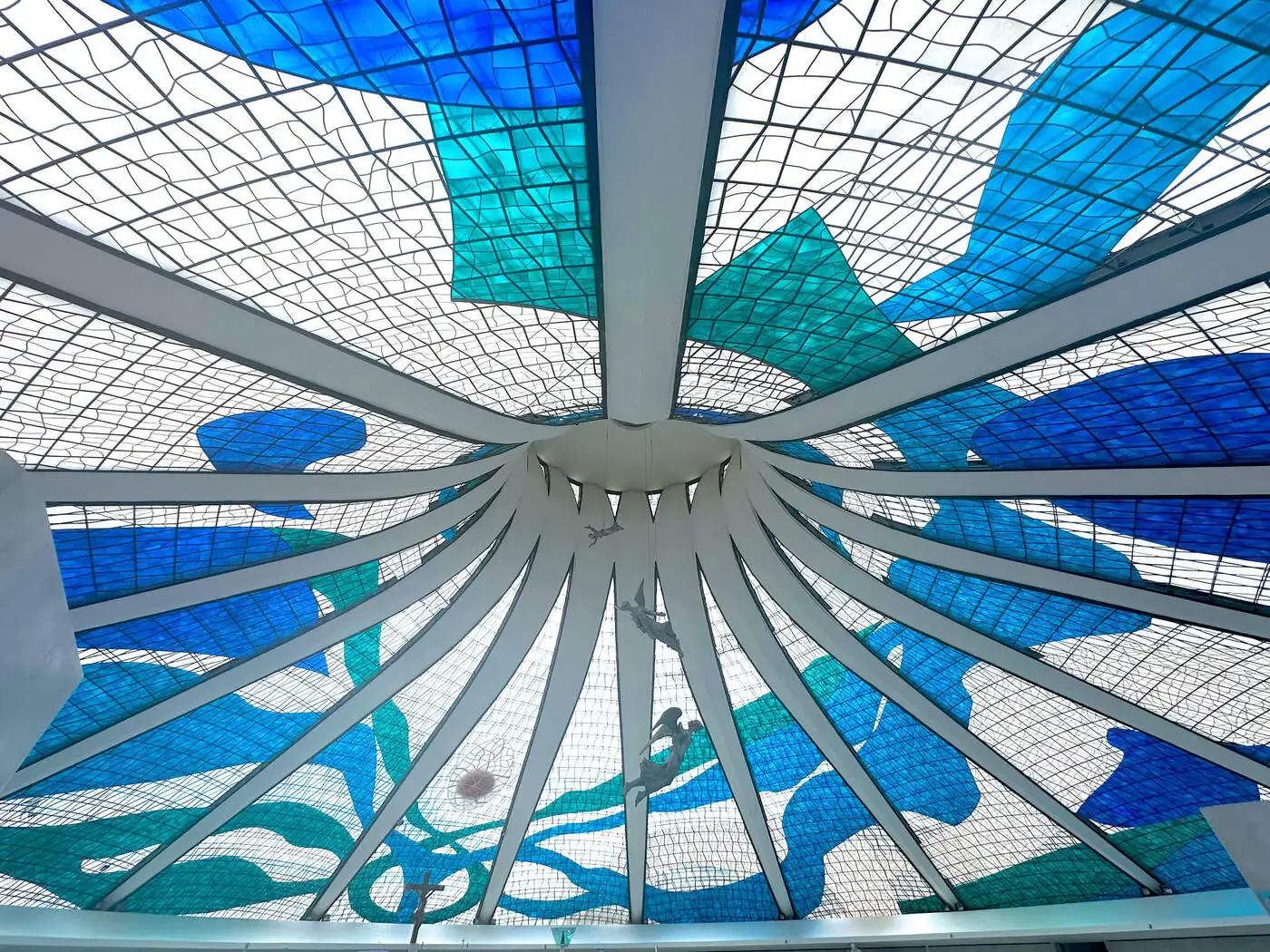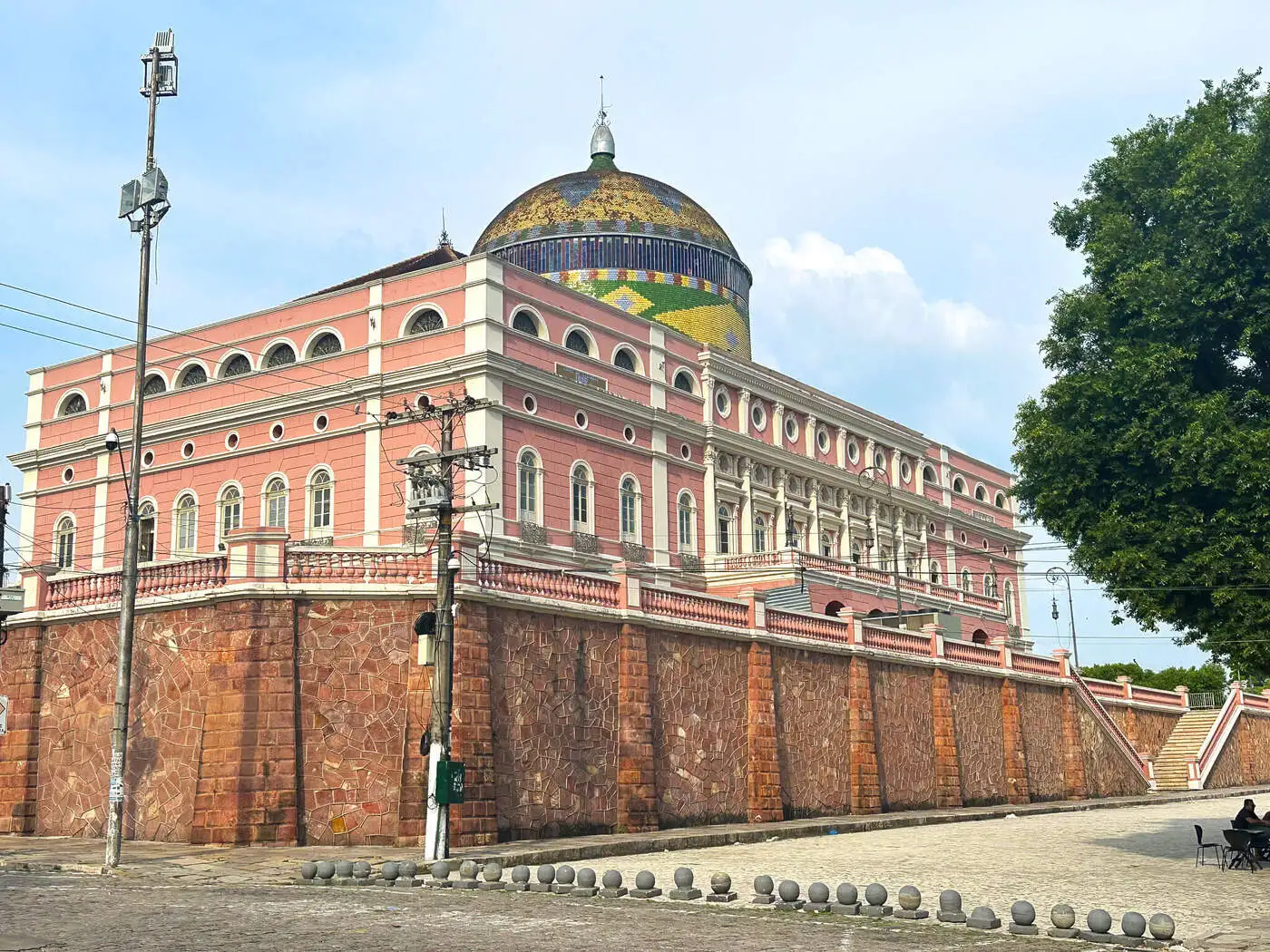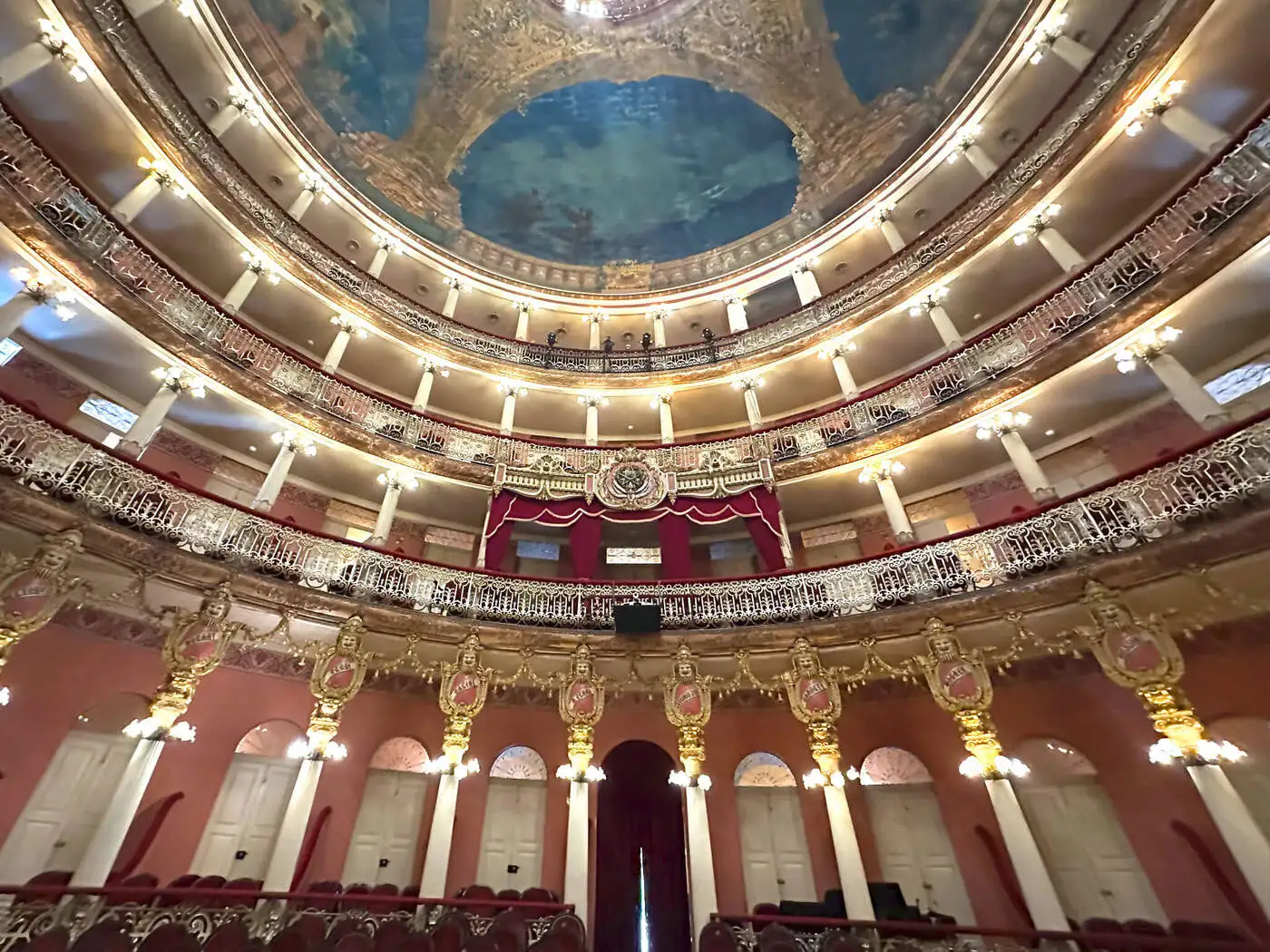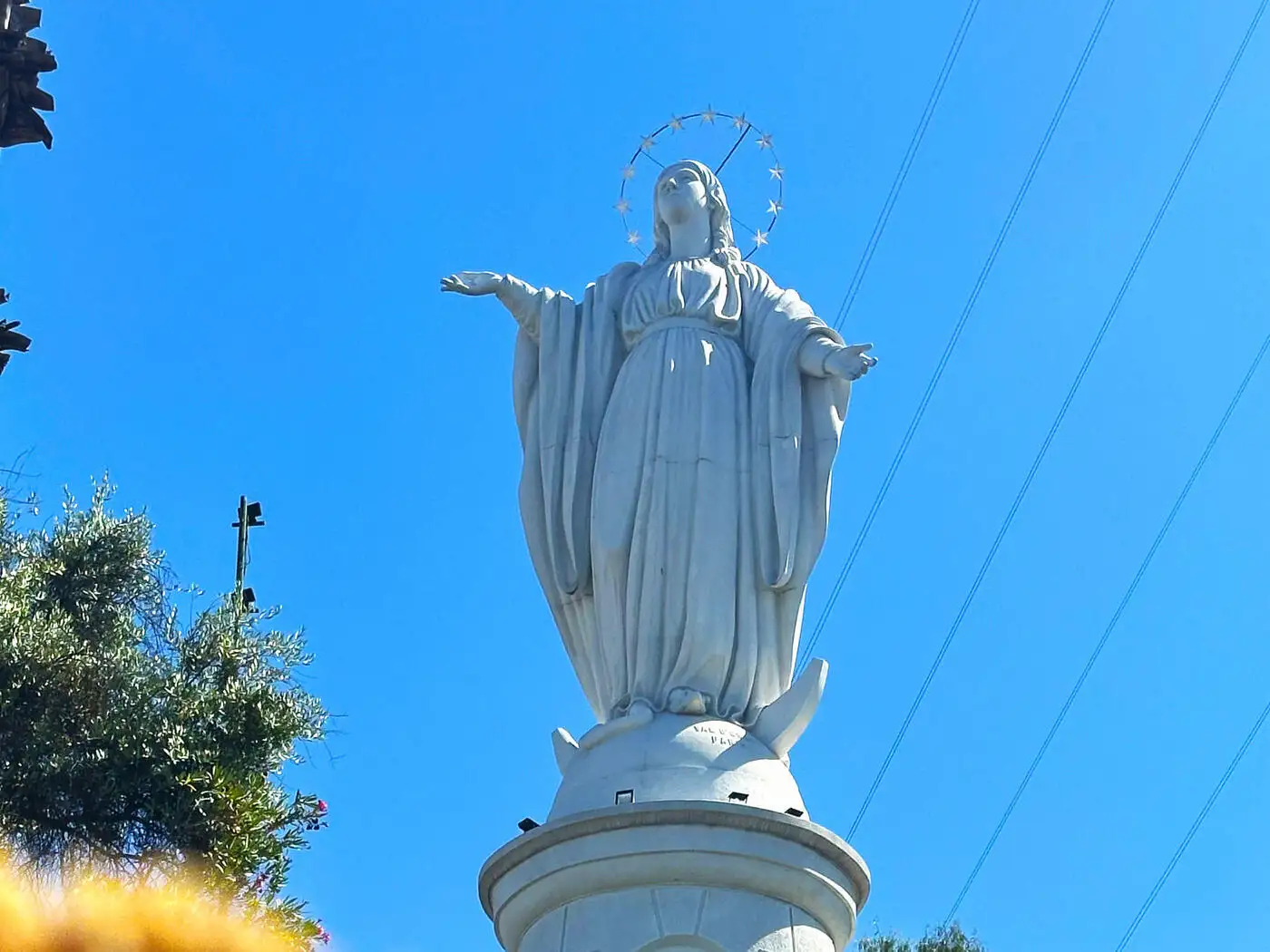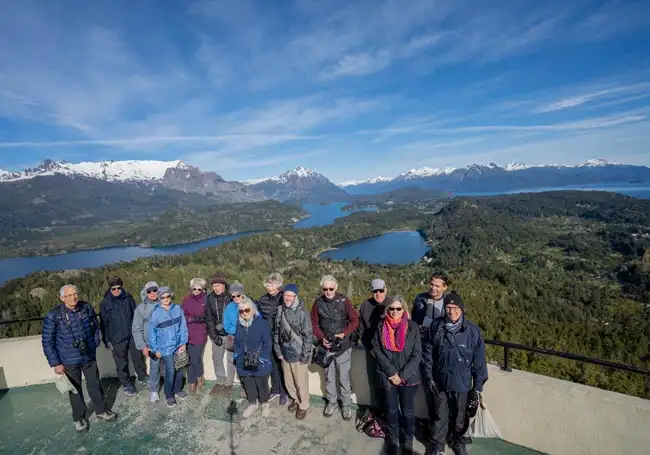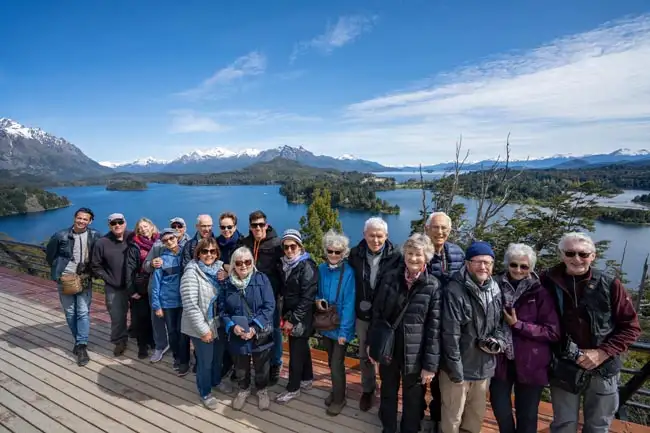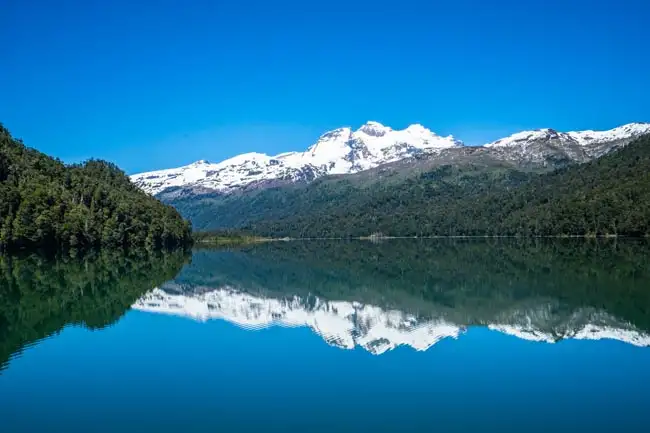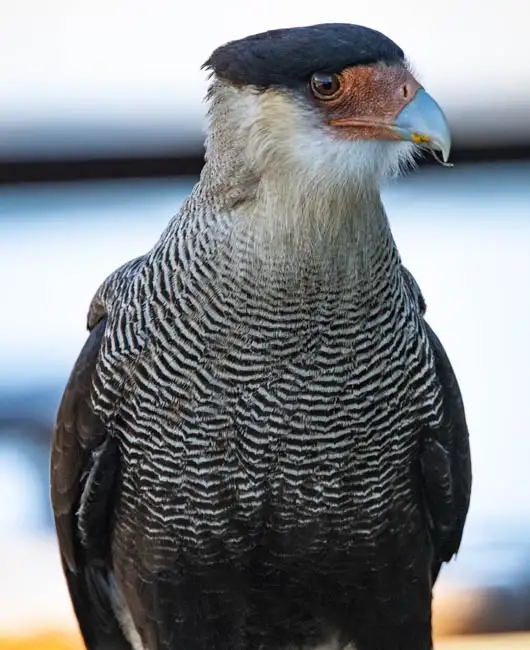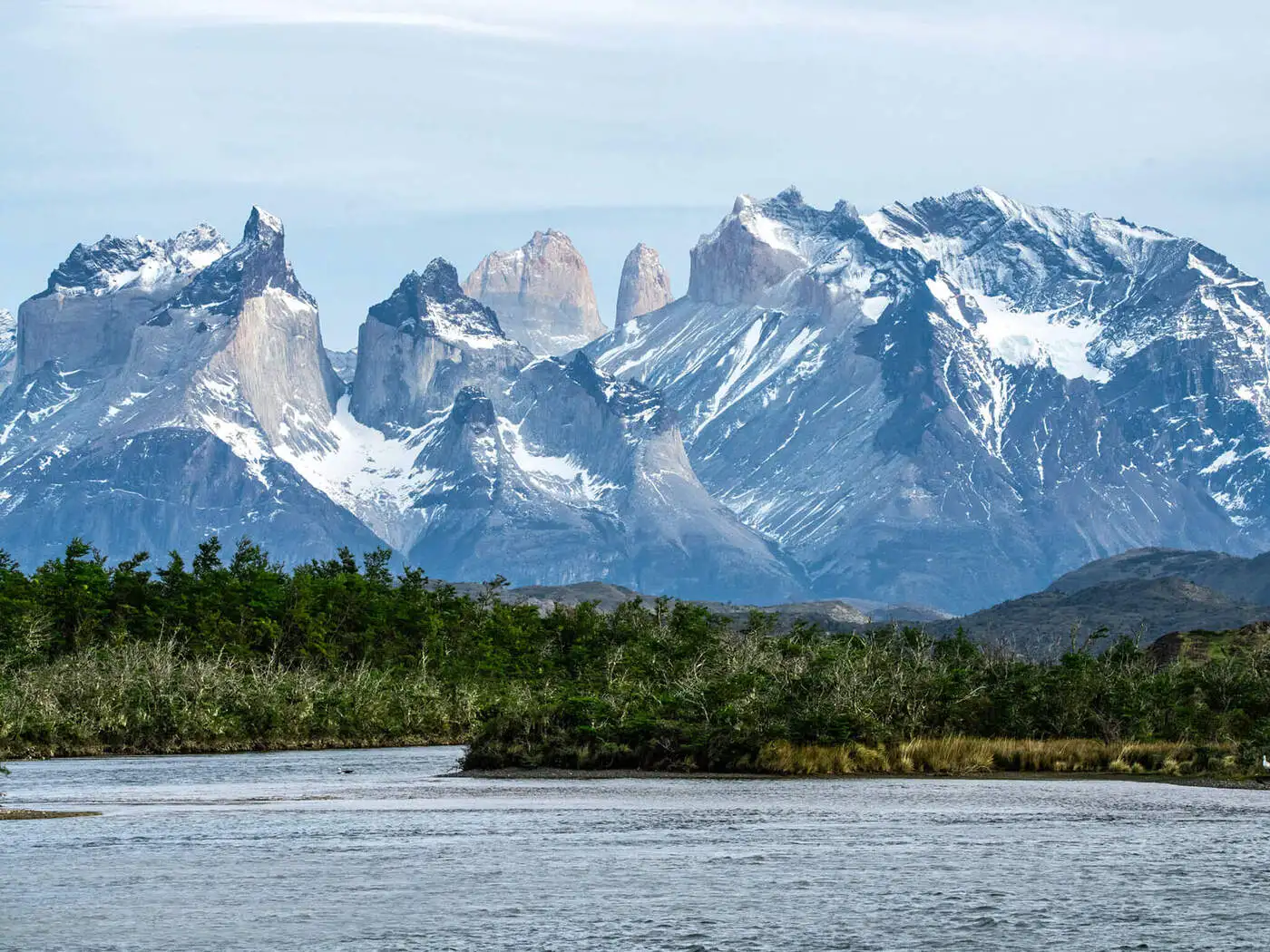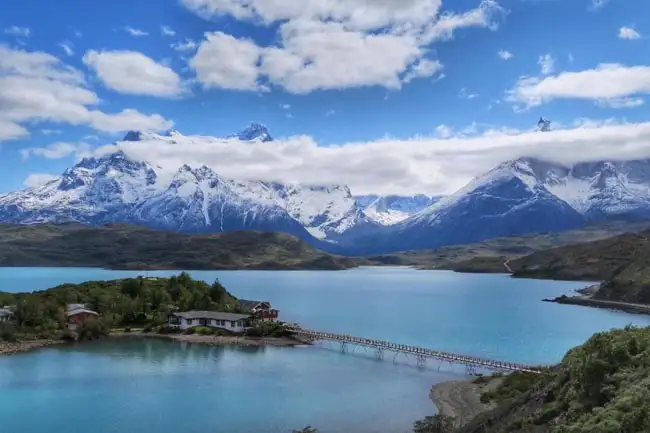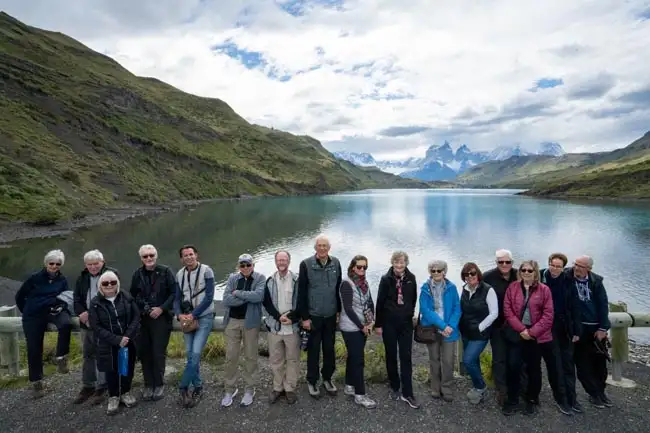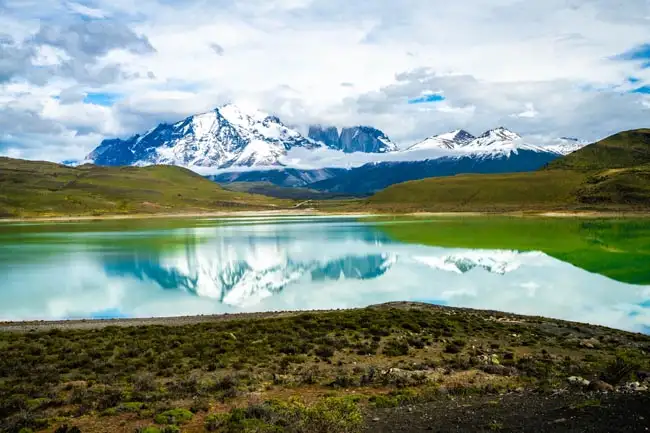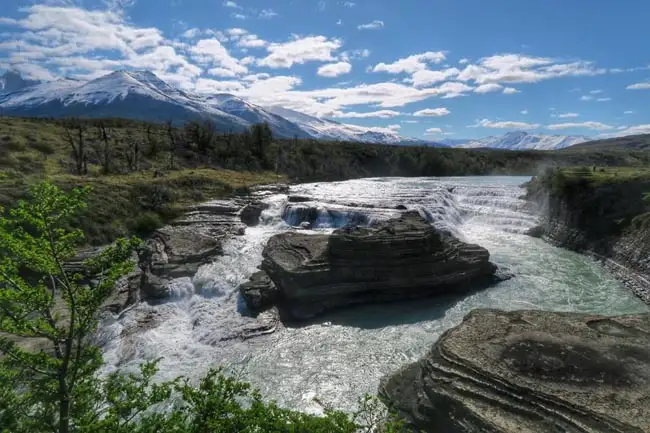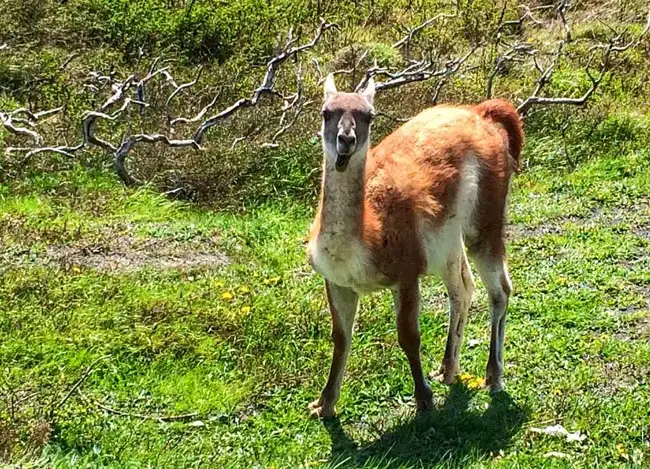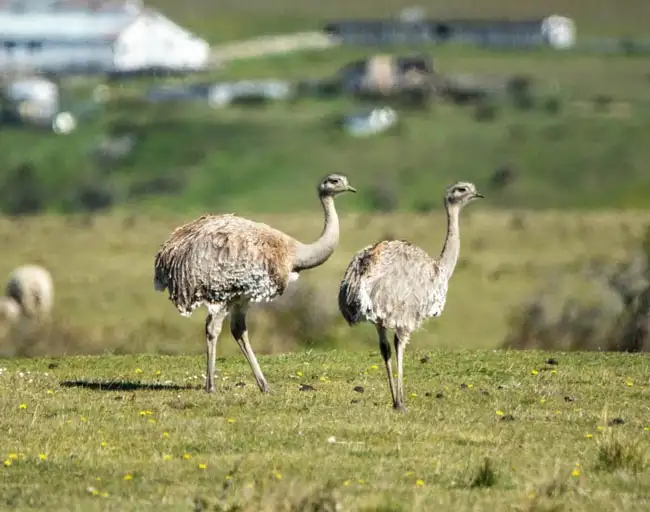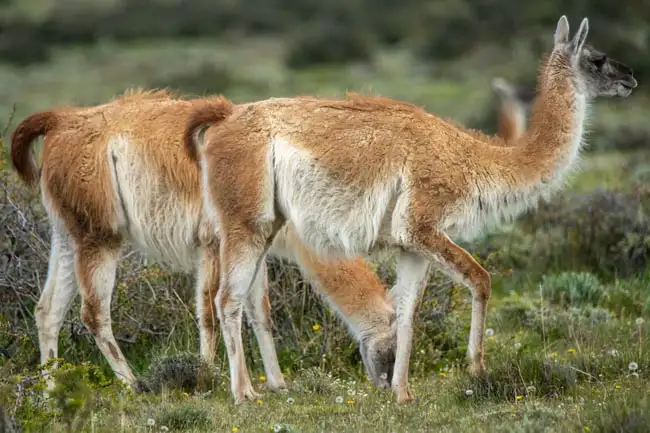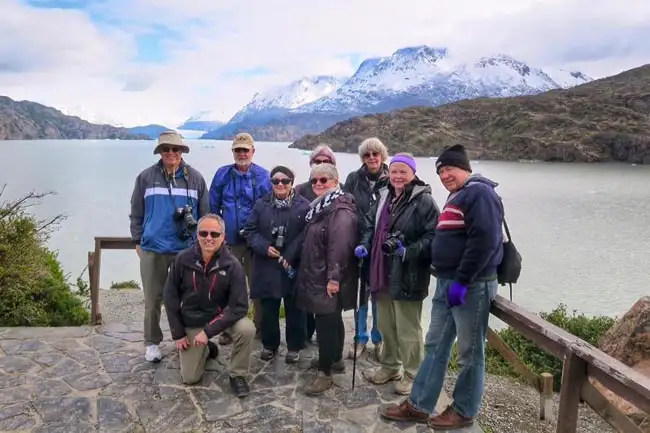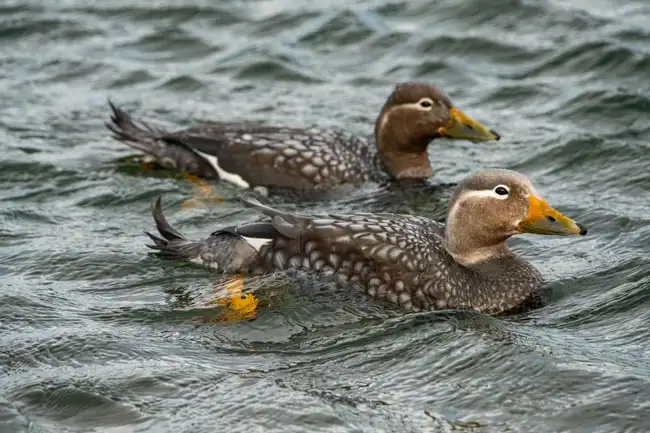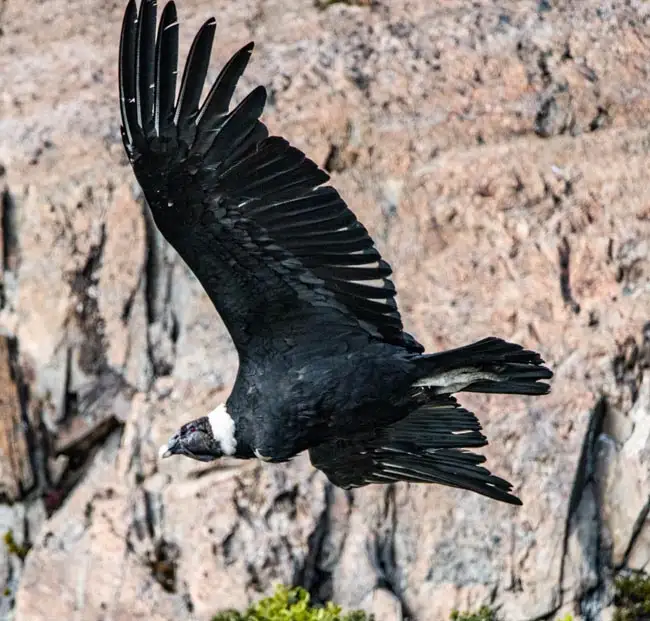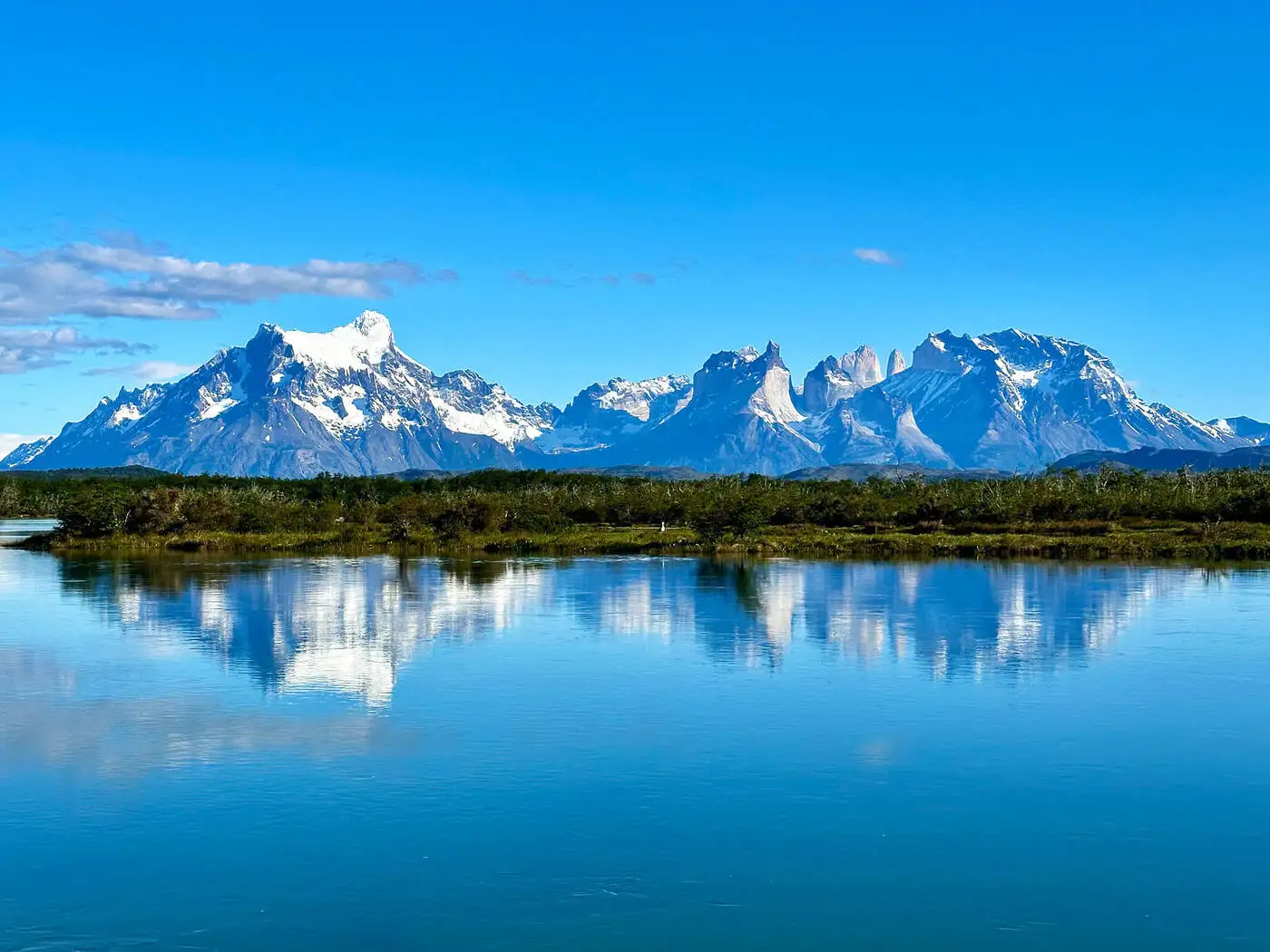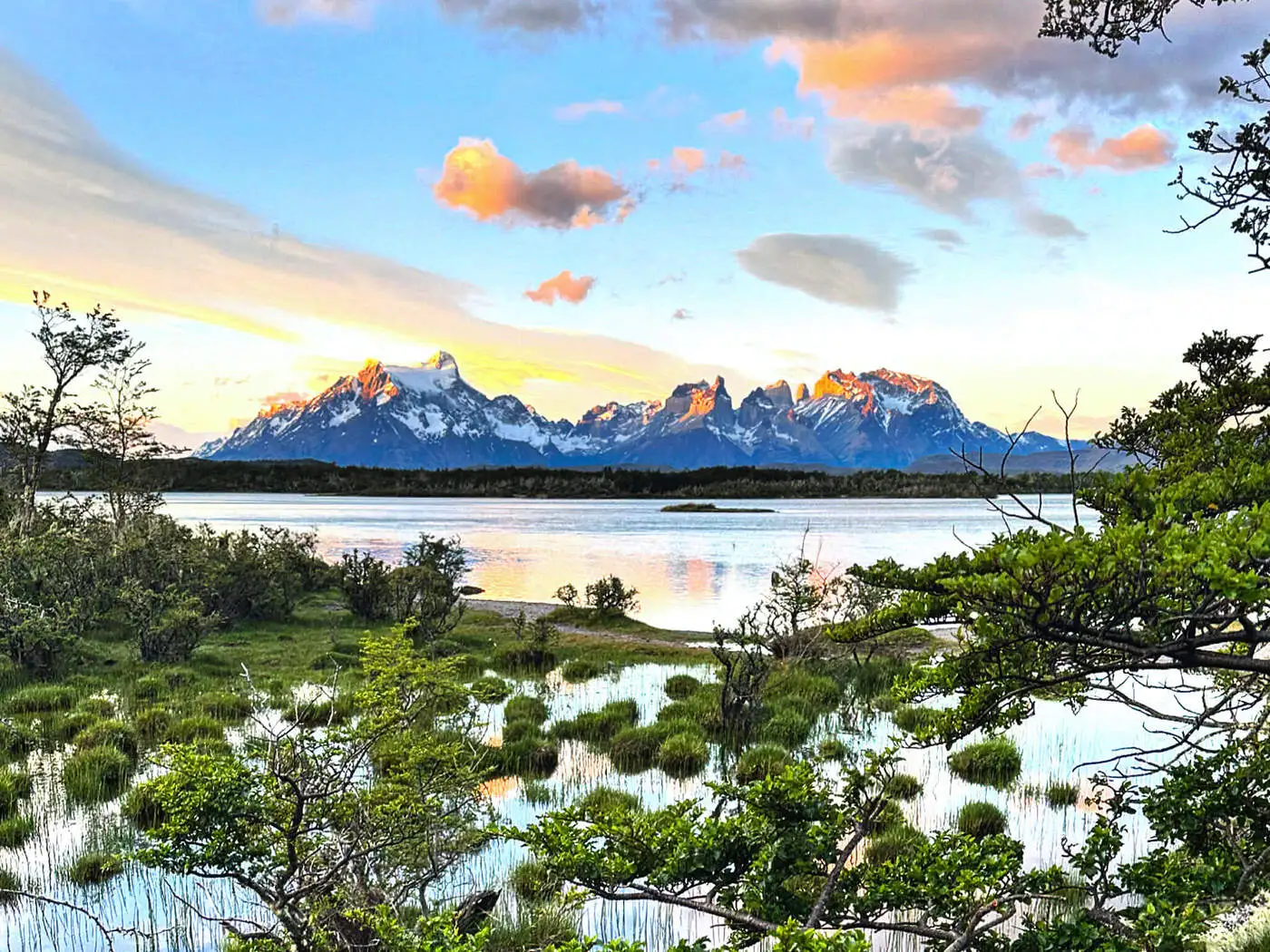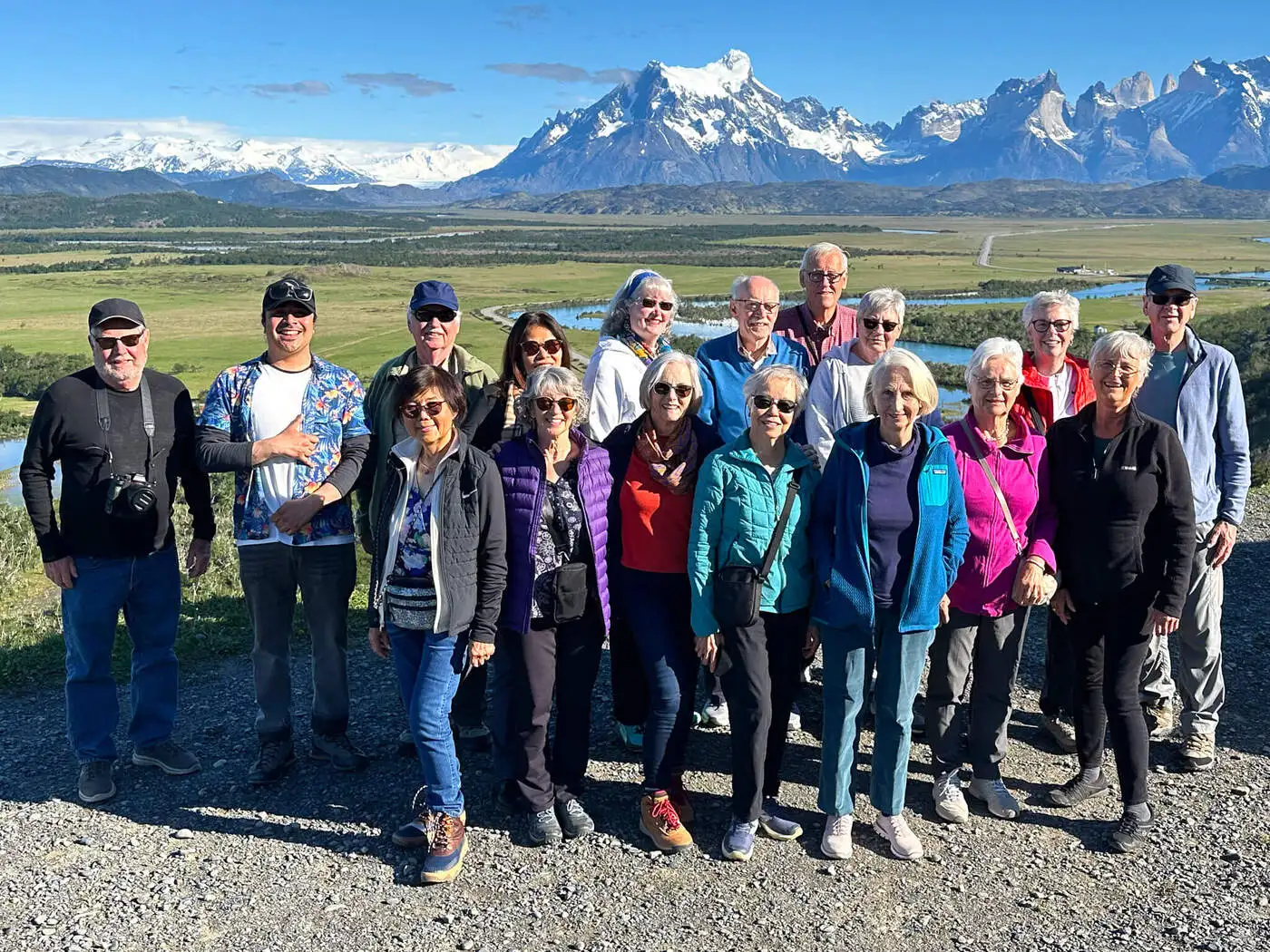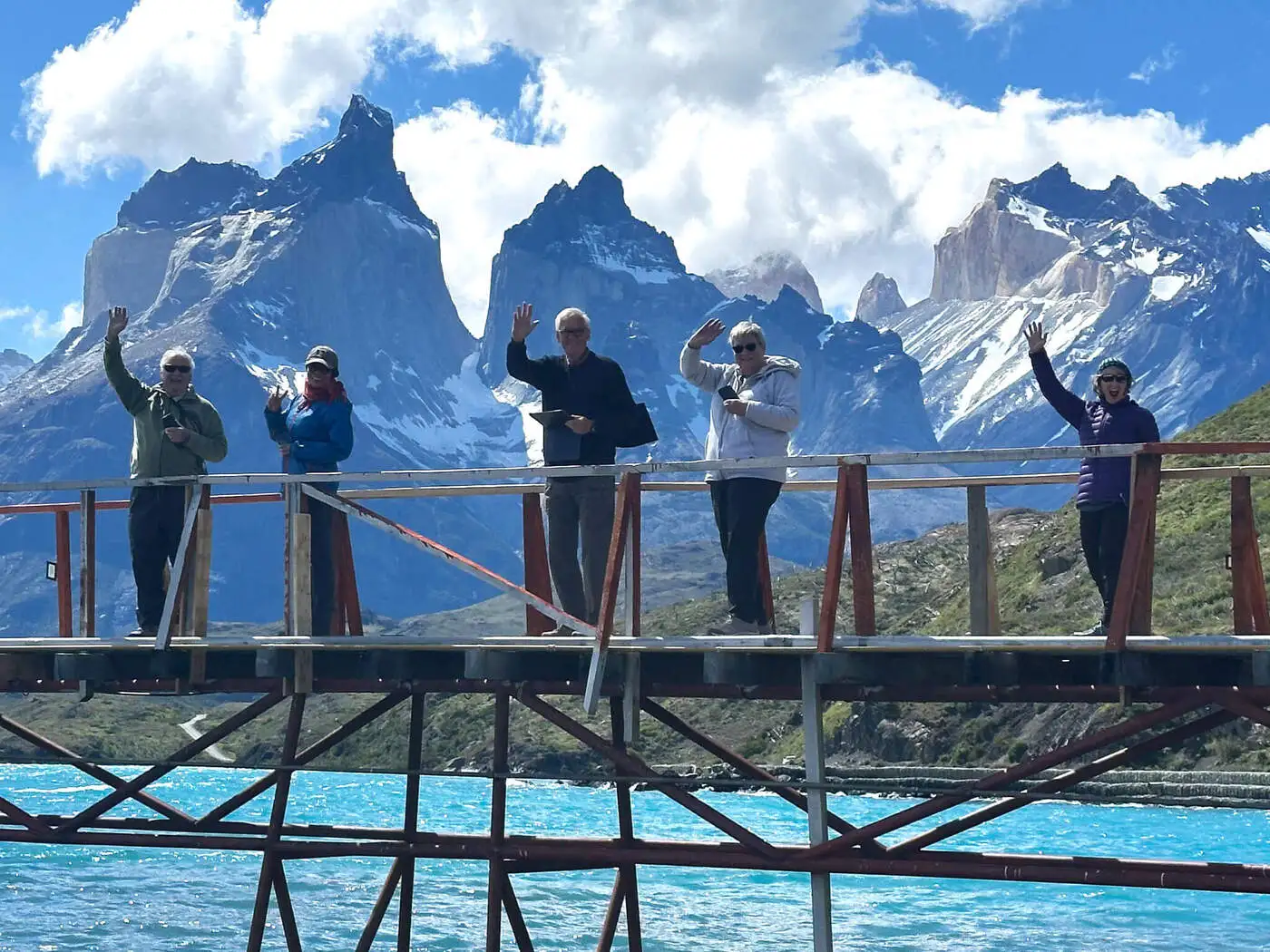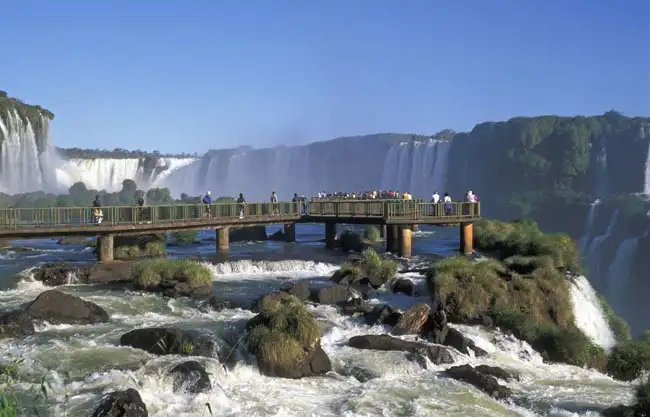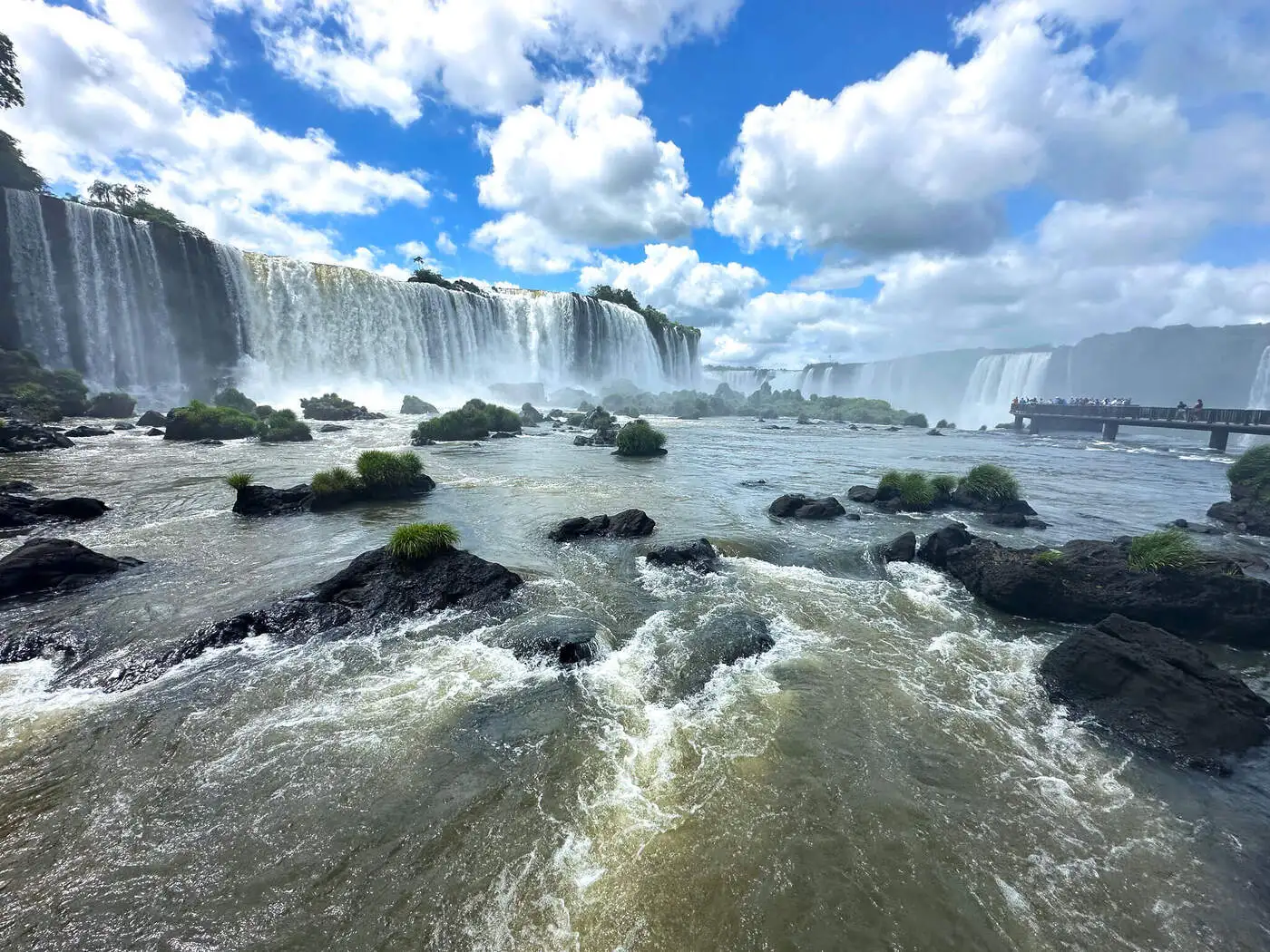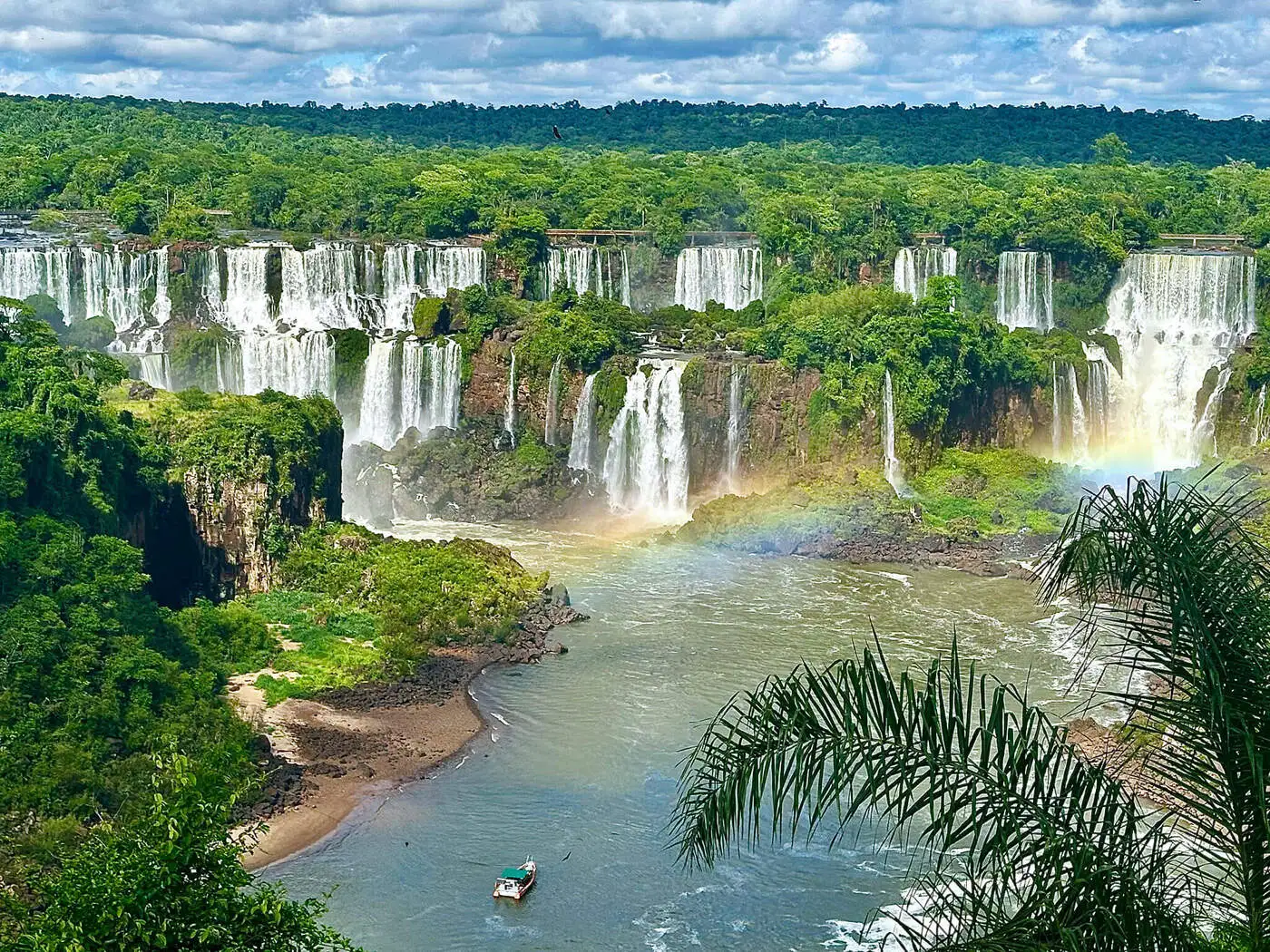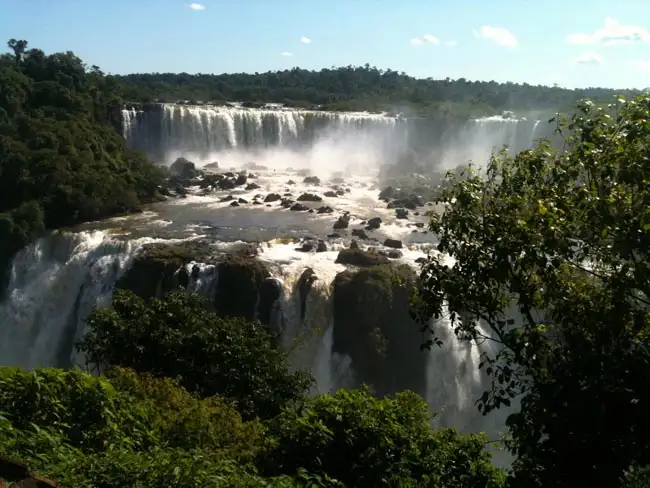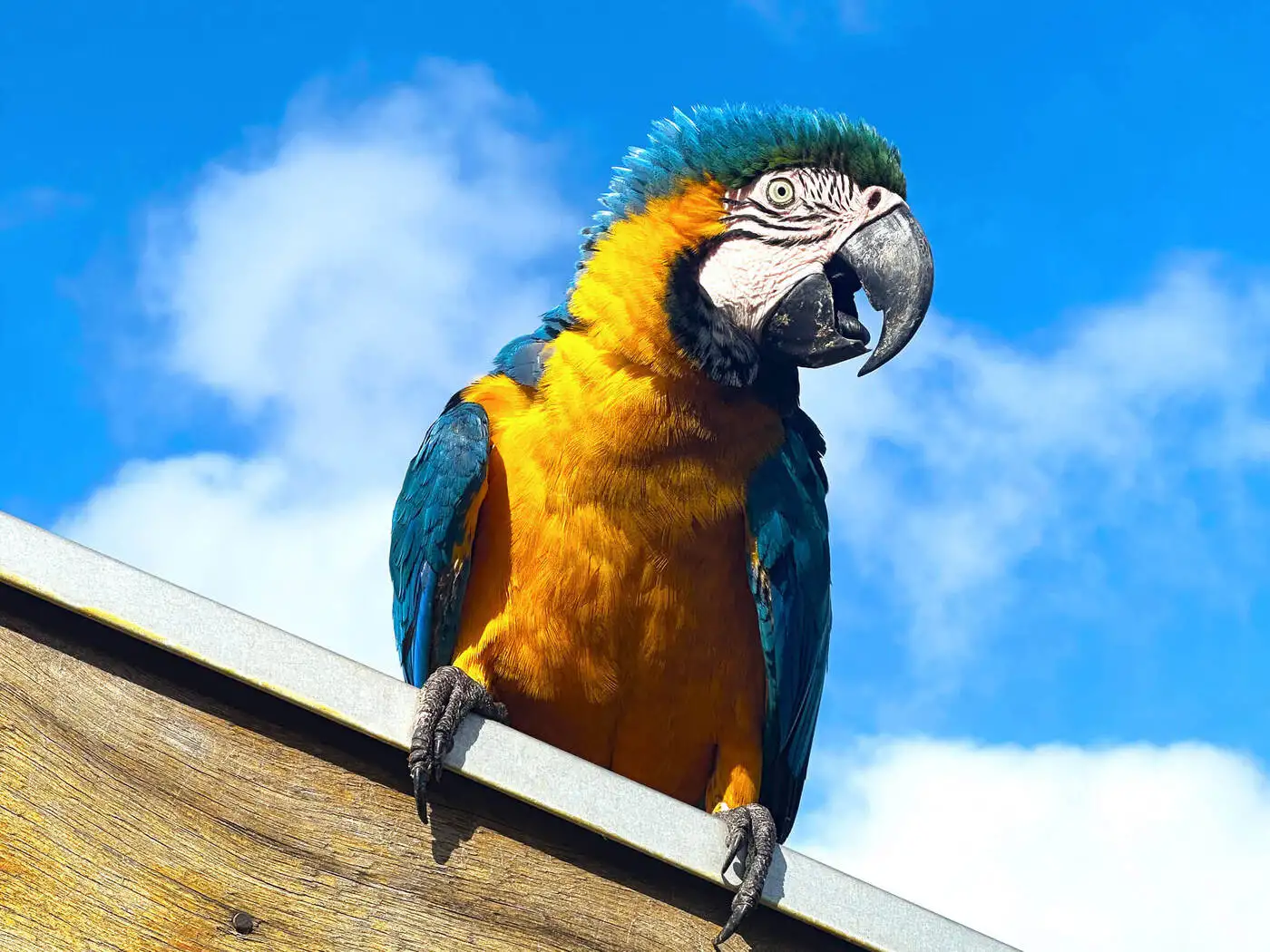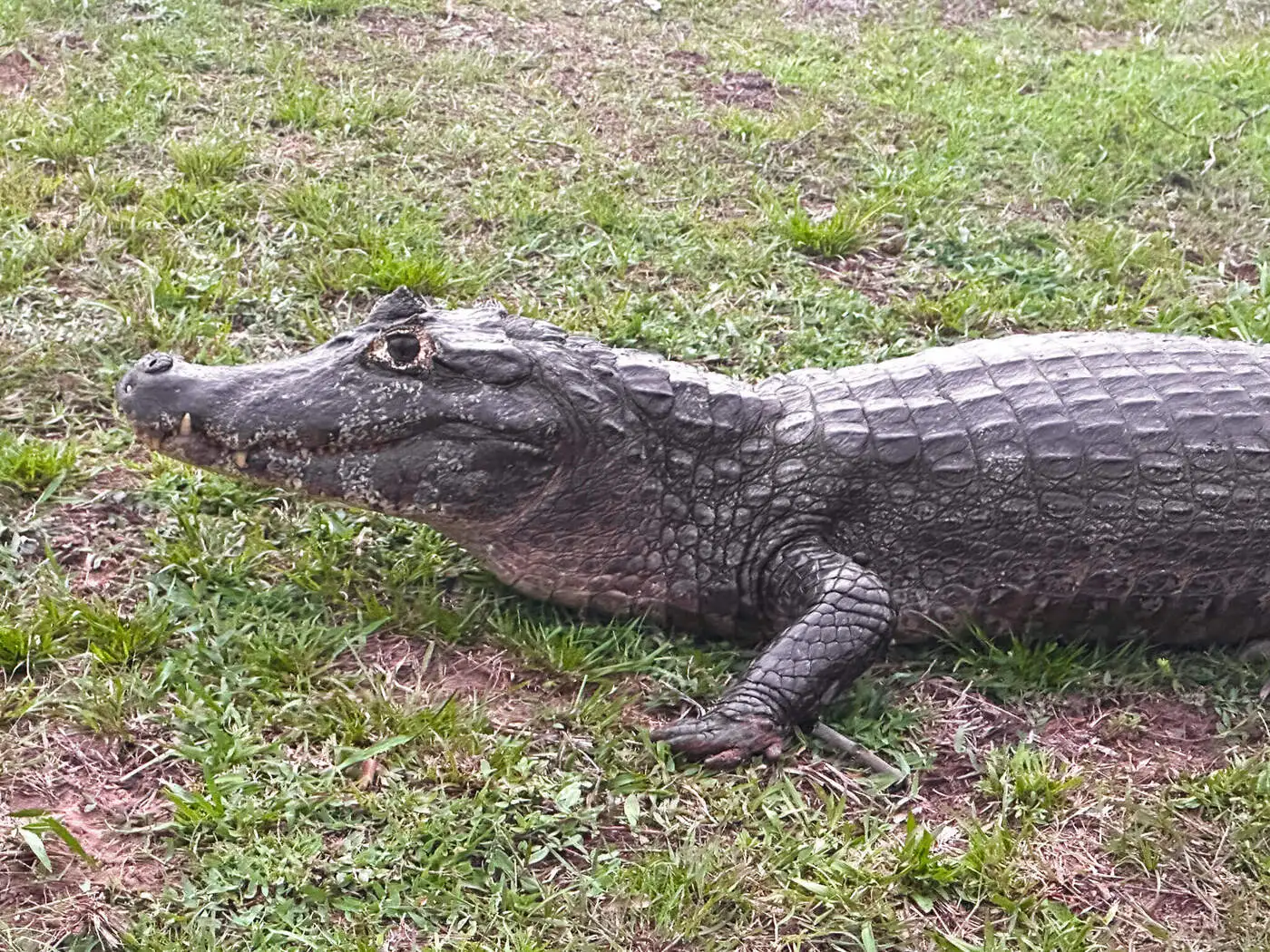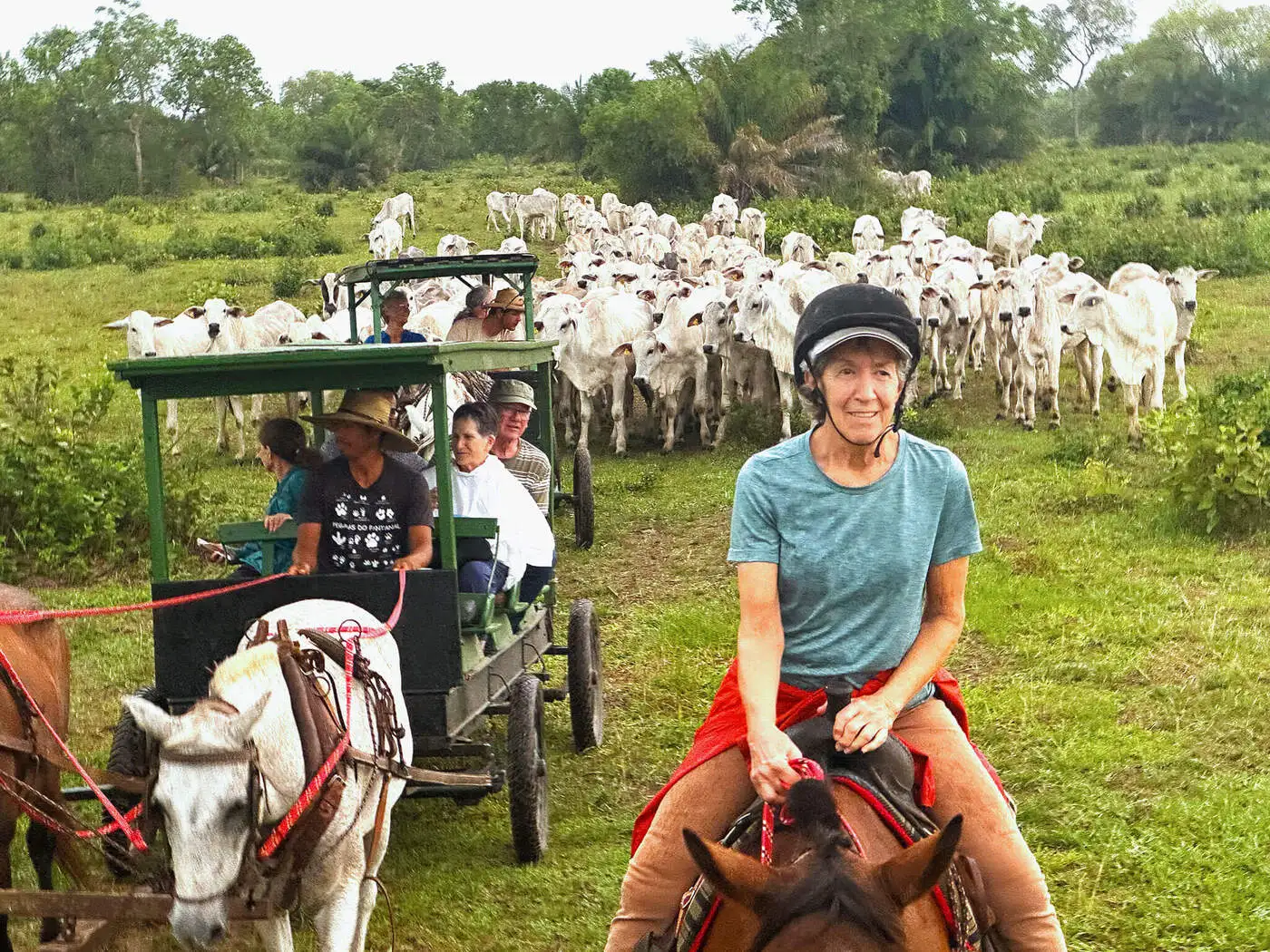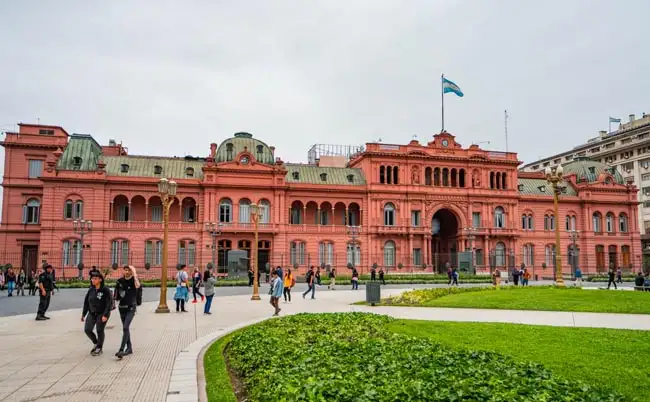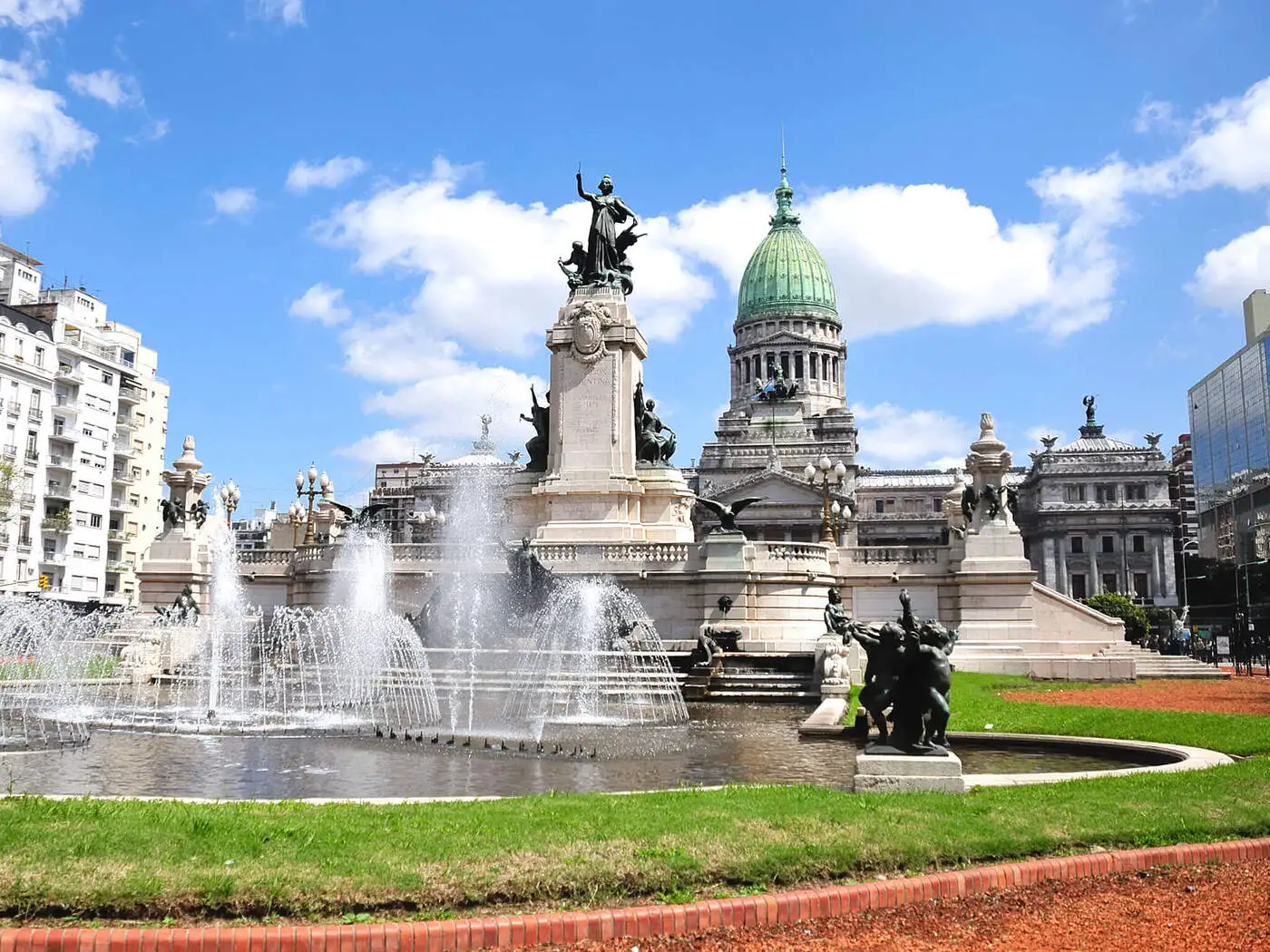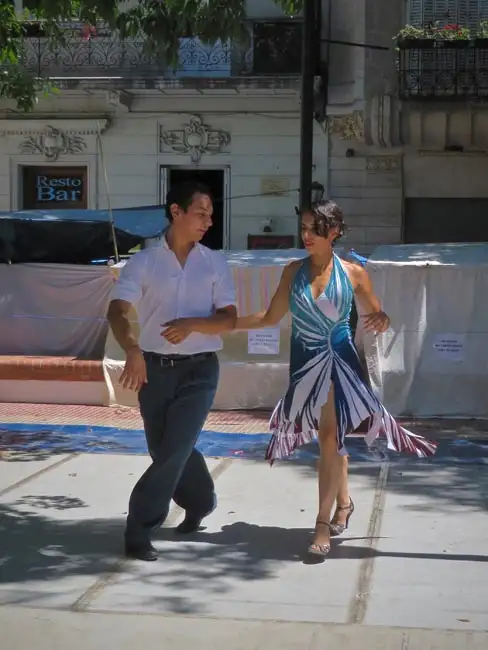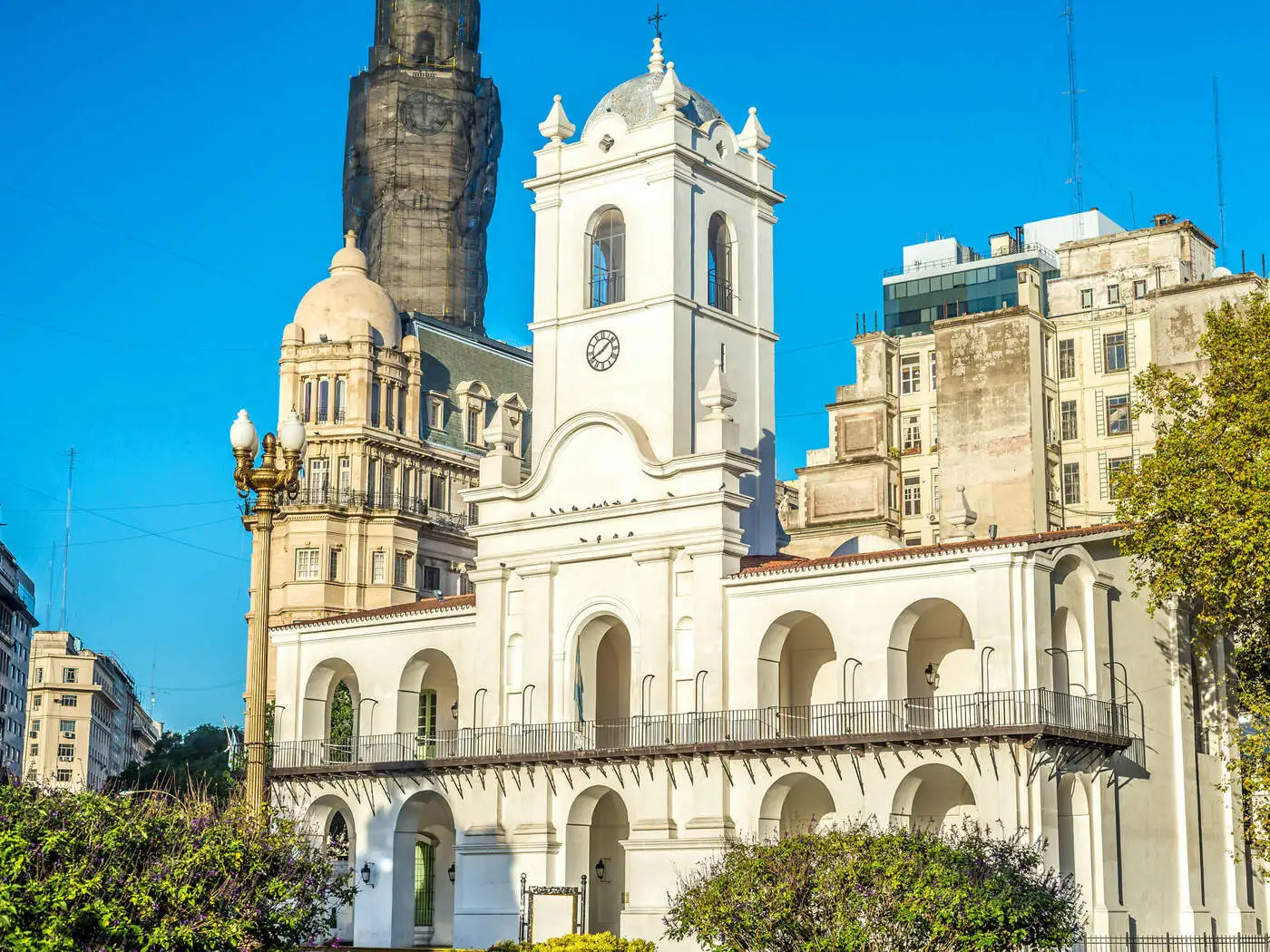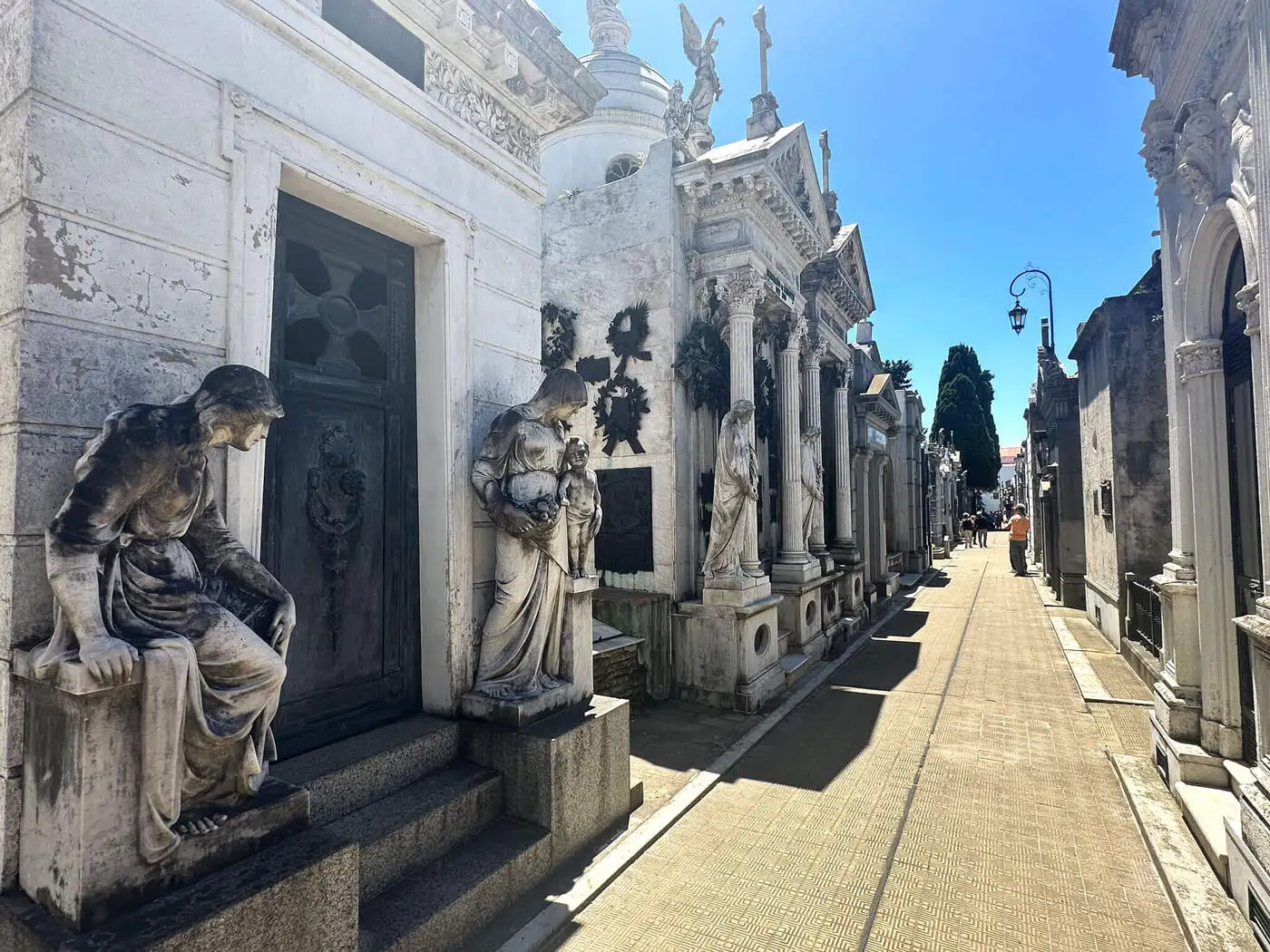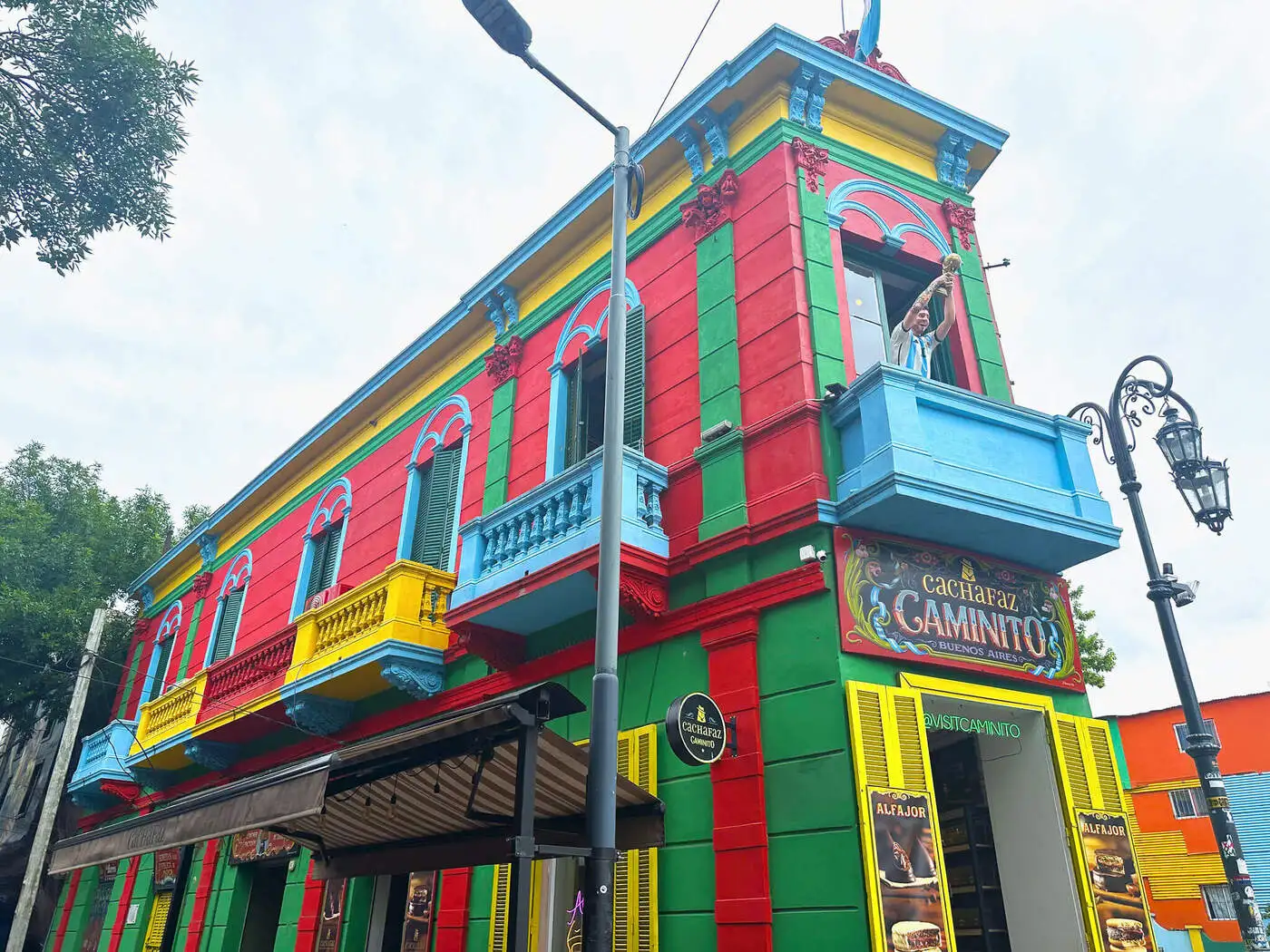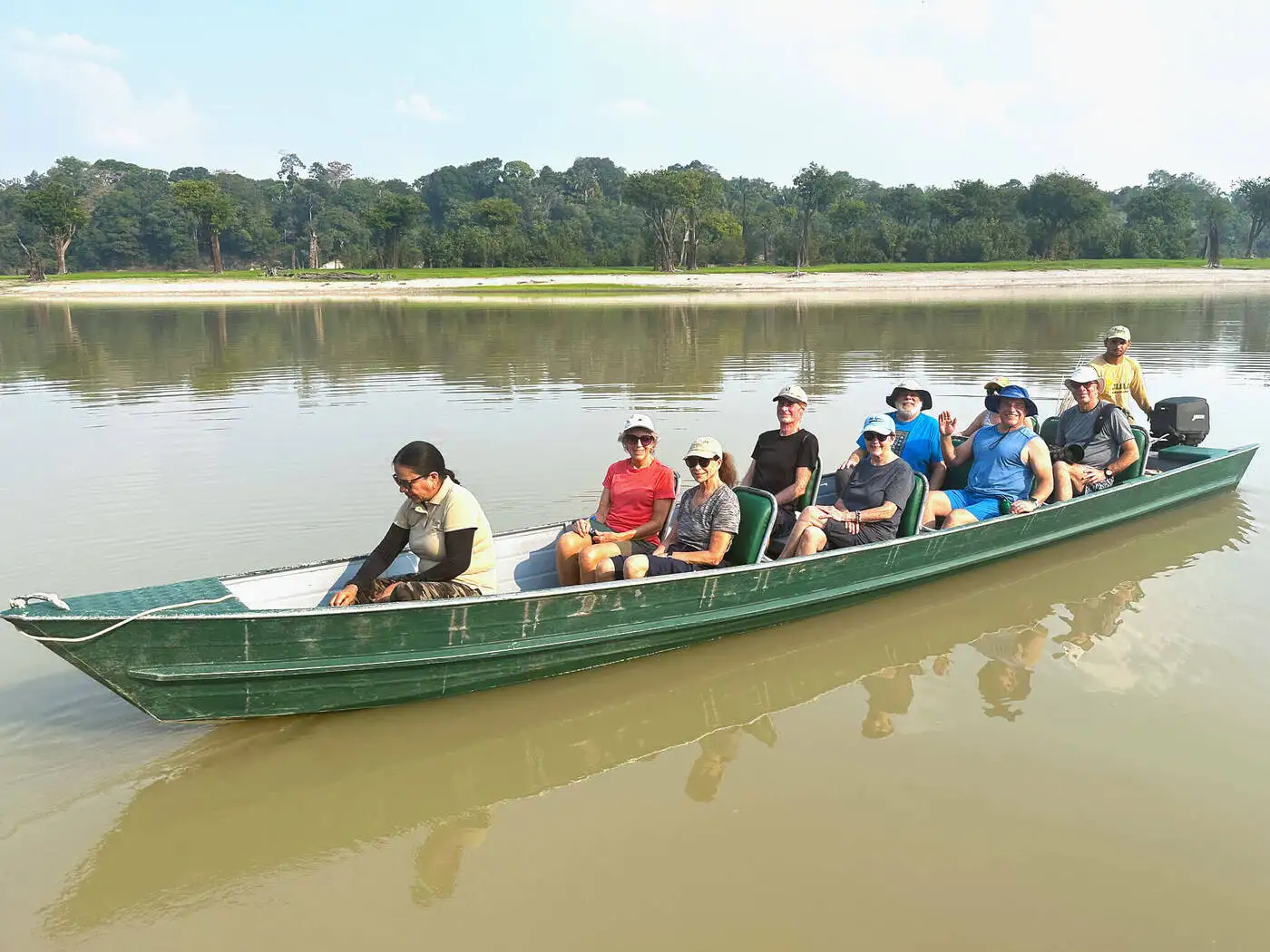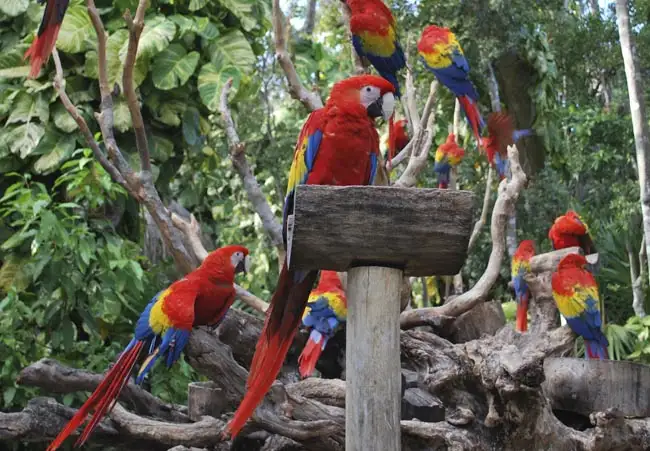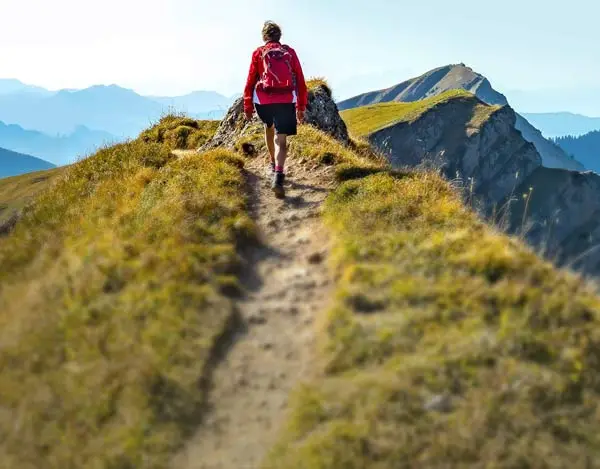Today we have a half-day WALKING tour.
Our first stop is the Centro Naval, one of the city's most exquisite buildings and a masterpiece of cast stone architecture. It's not generally open to the public, but sometimes they let you into the circular lobby.
The Kavanagh Building, at the time of its construction in 1936, was the tallest building in South America, standing at about 120 m (400 ft) with over 30 stories. Designed as a residential structure, it took more than 16 years to sell the apartments in this Art Deco building.
Palacio Paz is perhaps the most beautiful of the Beaux Arts mansions in Buenos Aires; the Circulo Militar looks plucked from the Loire Valley. It was the home of the Paz family and took almost 12 years to build; the patriarch who commissioned it died waiting.
The General Jose de San Martin Monument celebrates General Jose de San Martin, who battled against Spain in the wars of independence and is known as the founder of the Argentine nation. The Palacio San Martin is another of the grand mansions that line Plaza San Martin, this was the home of the powerful Anchorenas family whose prestige dated to colonial times in Argentina. The Islas Malvinas-Falkland Islands Memorial honors the more than 700 Argentines who died in the war over the Islas Malvinas/Falkland Islands chain in the brief war with Great Britain in early 1982.
The Torre Monumental (British Clock Tower) is a 1916 gift from the British community in Buenos Aires, along with all other things British, was renamed in response to the Islas Malvinas/Falkland Islands War and is called the Argentine Big Ben by some. Decorated with British royal imperial symbols, the base was partly destroyed by an angry mob during an Islas Malvinas-Falkland Islands memorial service. Inside the tower you'll find a small Buenos Aires City Tourism Information Office.
Retiro Station was opened in 1915 and was built with British technological assistance. Four British architects designed it, and the steel structure was made in Liverpool, England, and shipped to Argentina to be assembled.
Our tour ends in the Galerias Pacifico in time for your lunch break. This is the most famous shopping mall in Buenos Aires, opened in 1891. The building was designed to recall the Galleria Vittorio Emanuele II in Milan, with its long halls, glass cupola, and several tiers of shops.
Balance of the day at leisure to explore at your own pace.
Overnight in Buenos Aires.
Included Meal(s): Breakfast and Dinner